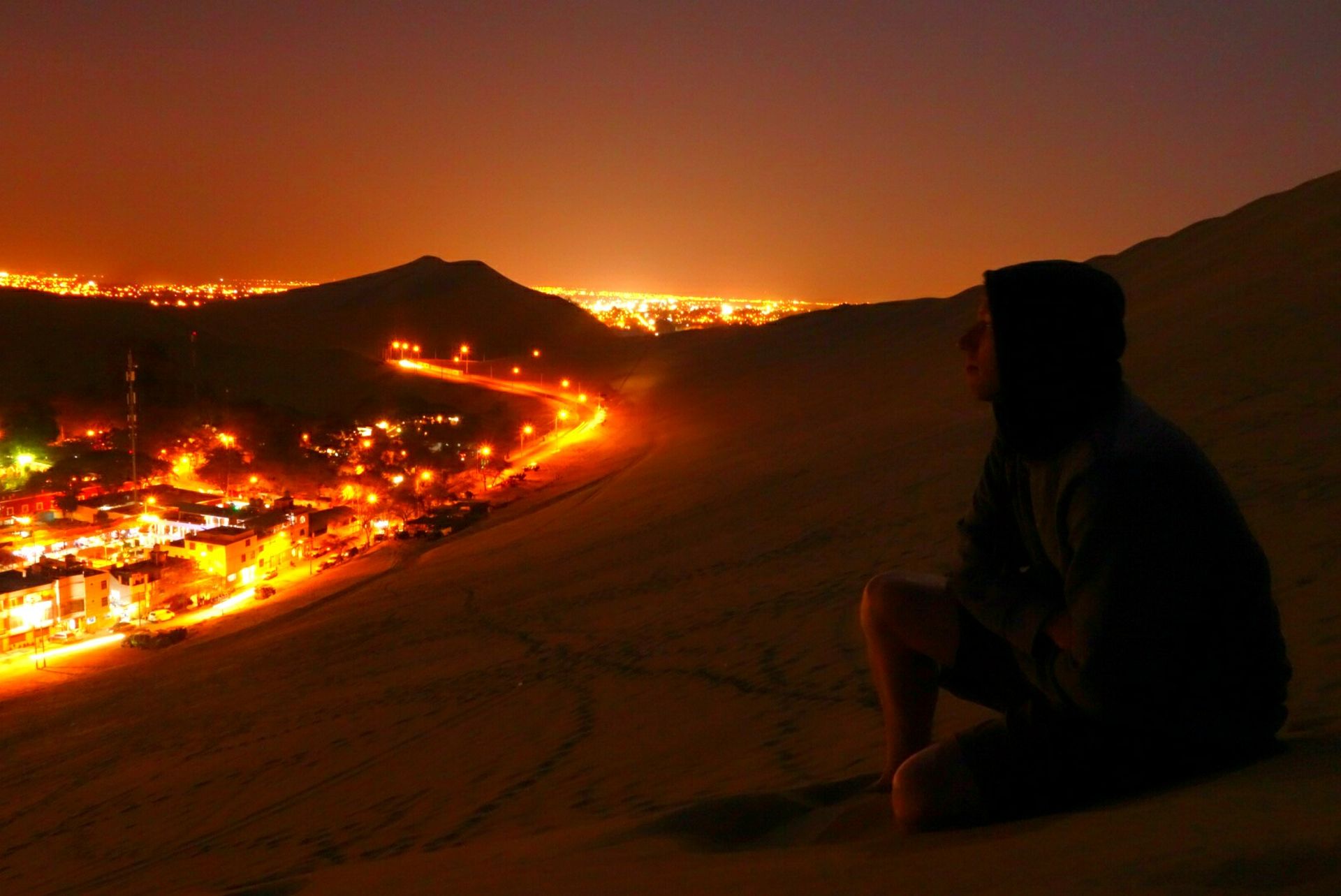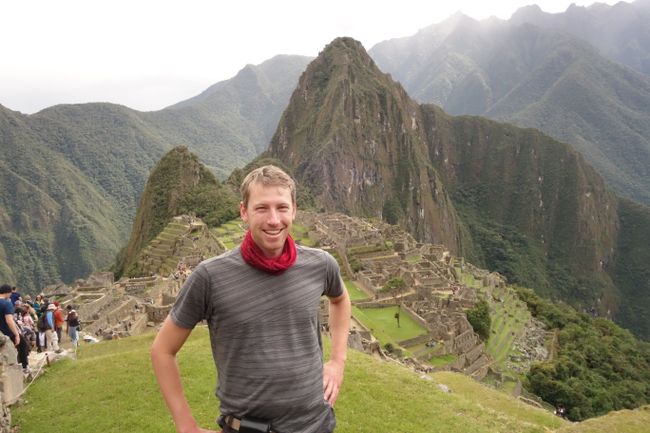Peru - Trujillo, Cajamarca and Chachapoyas
יצא לאור: 16.10.2018
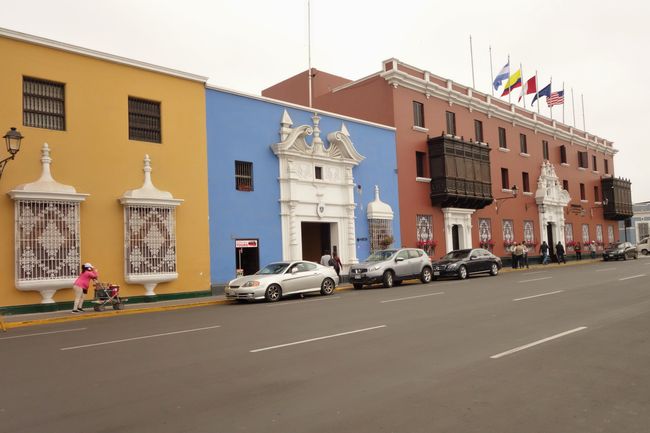
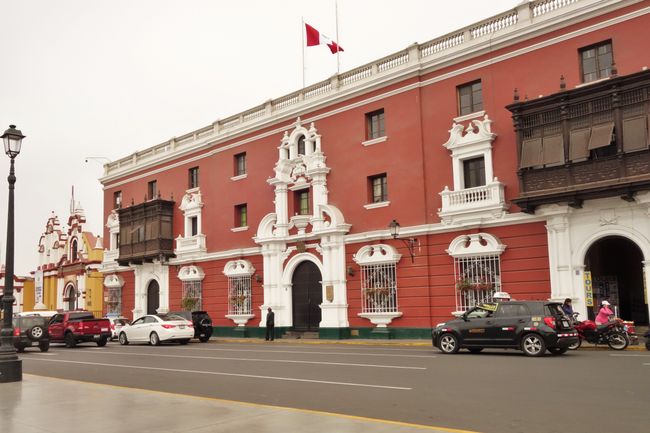
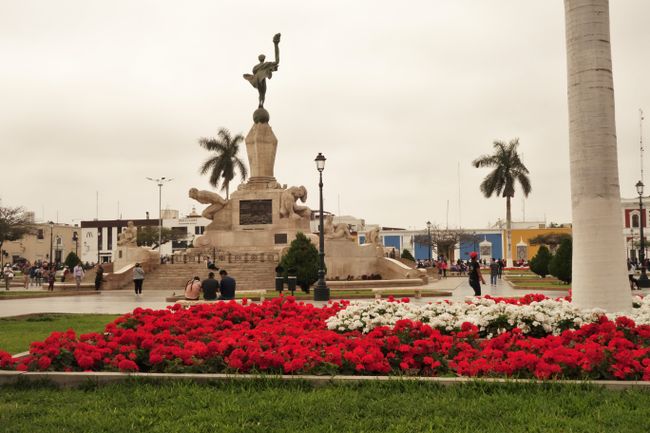
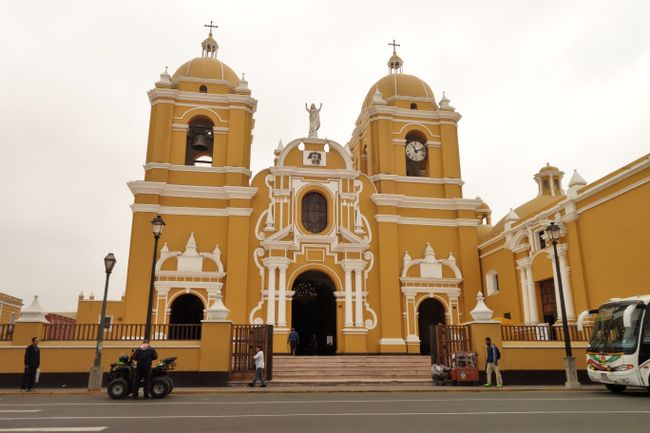
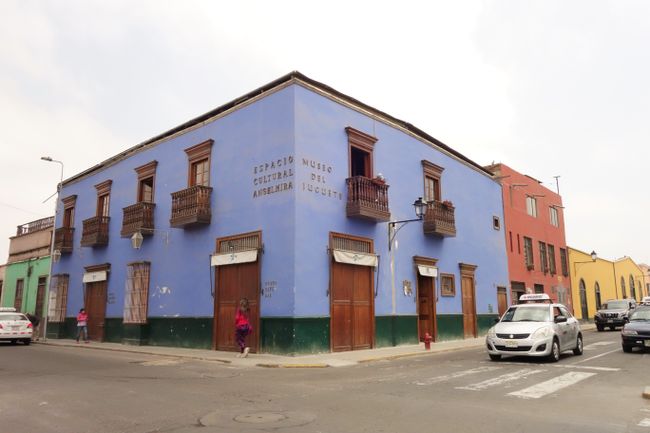
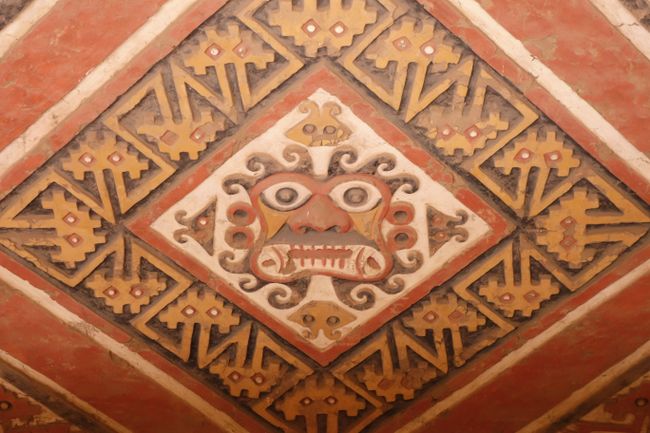
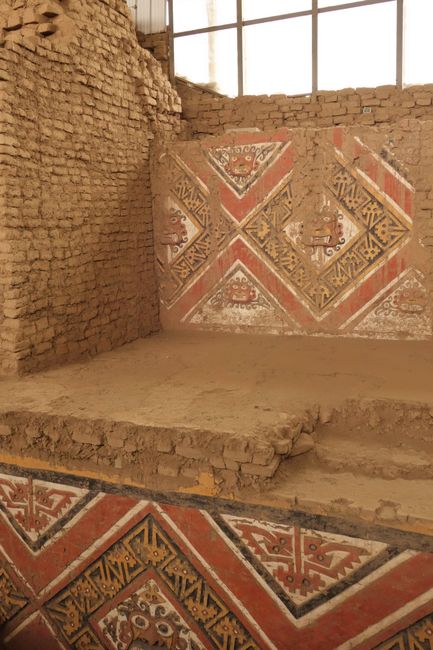
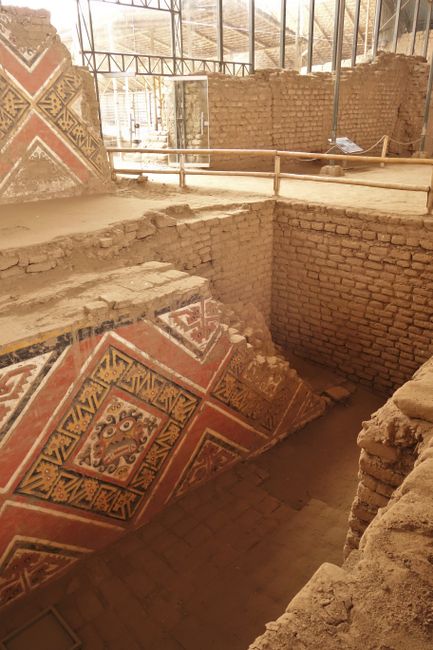
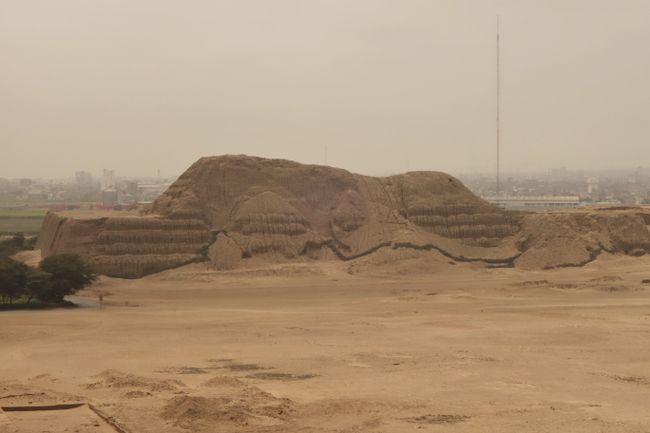
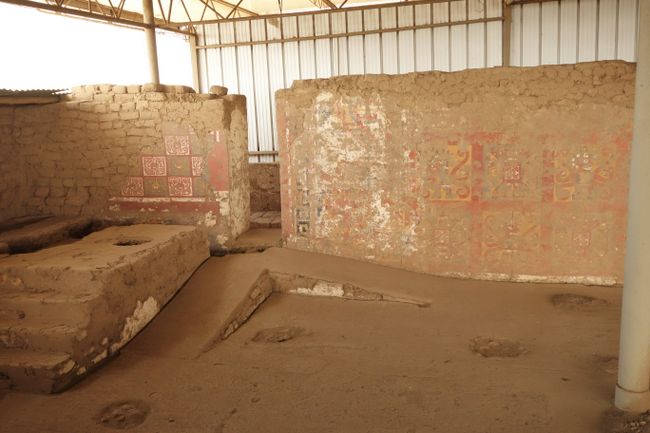
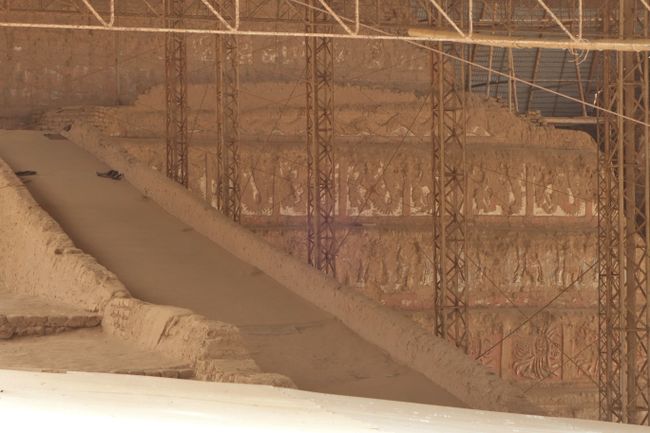
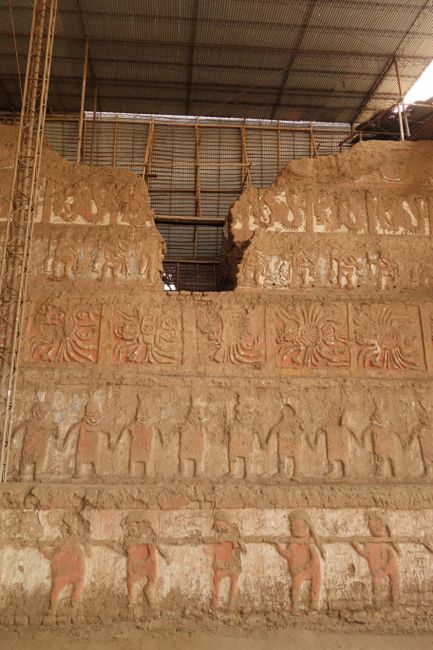
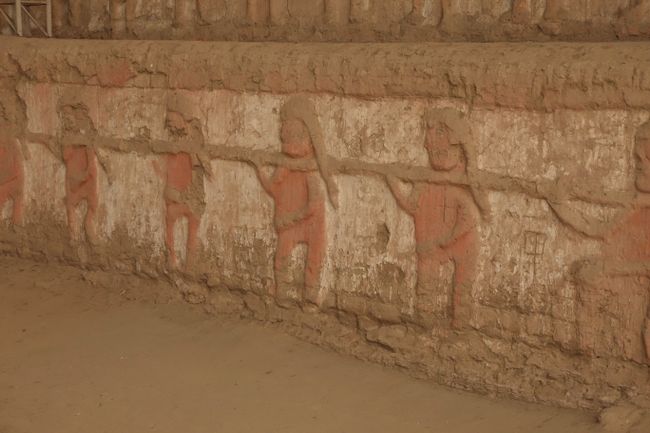
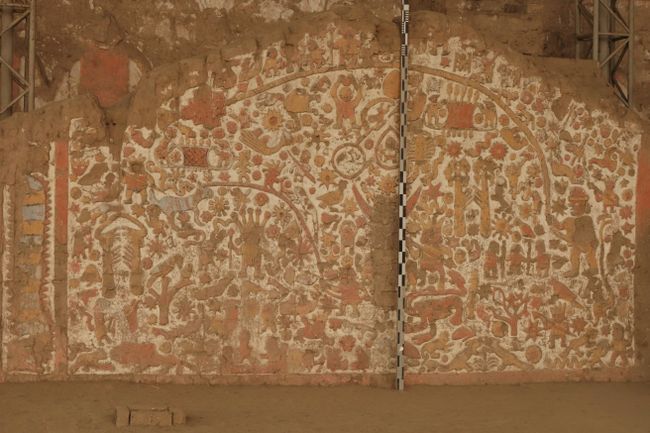
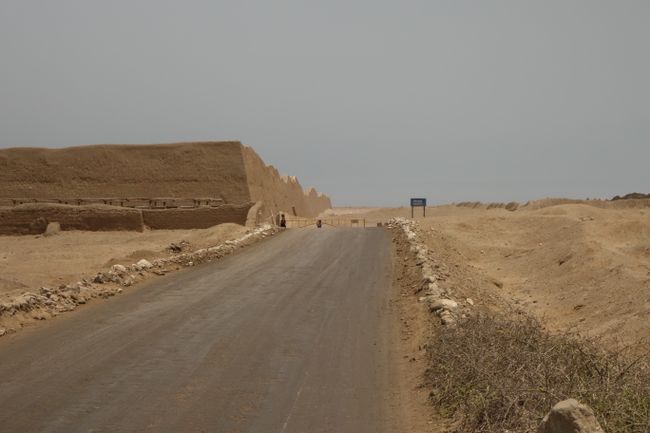
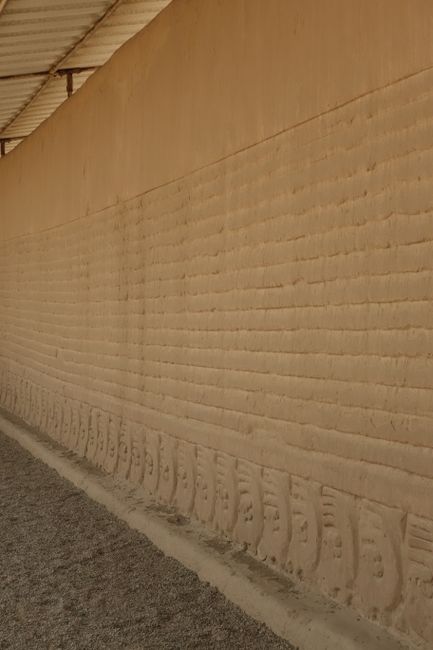
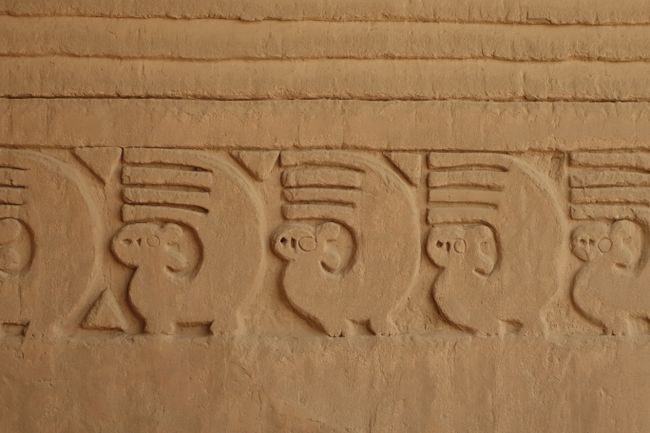
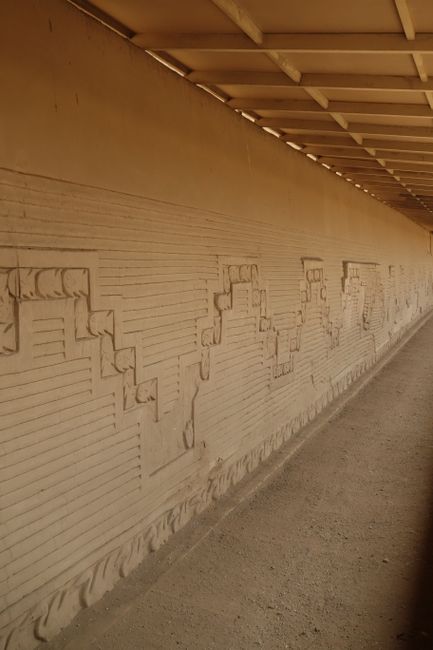
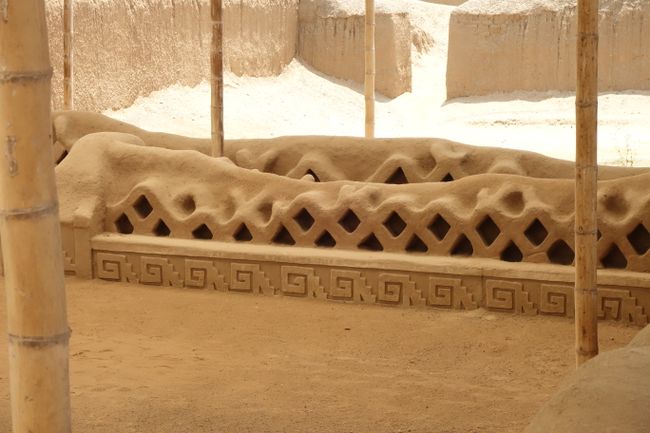
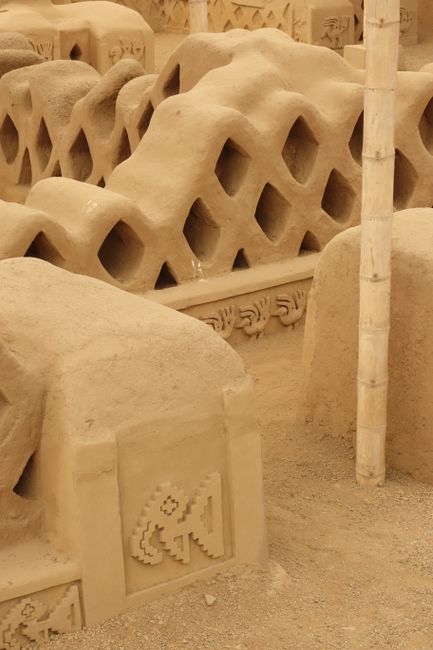
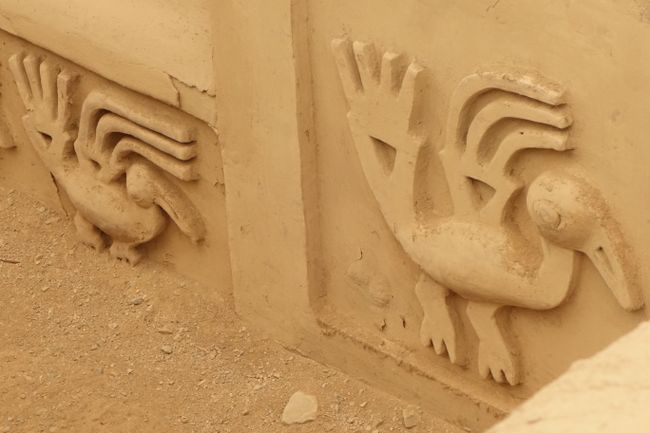
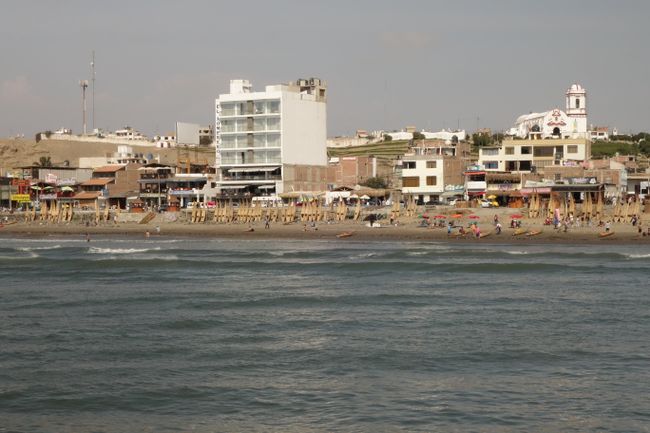
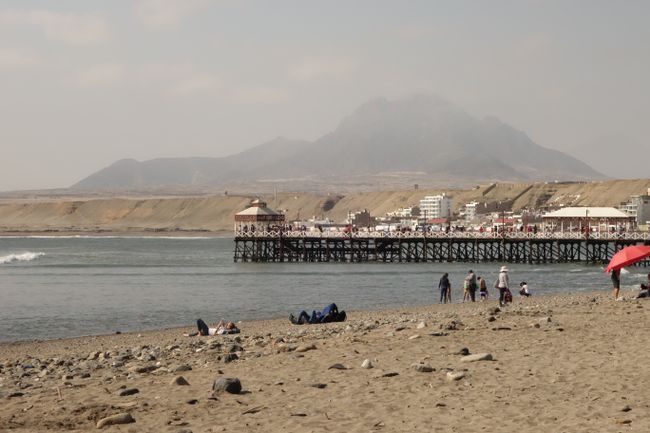
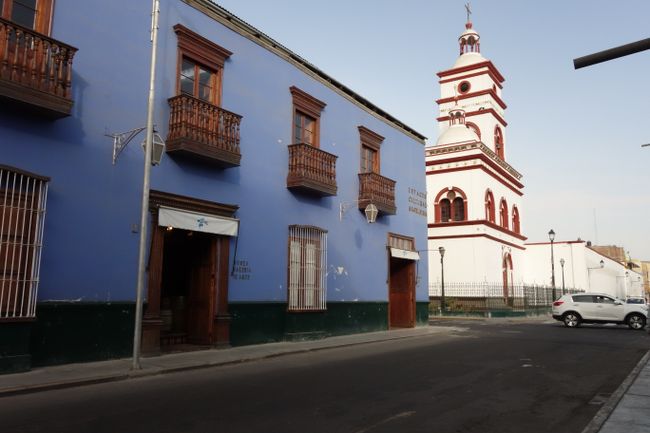
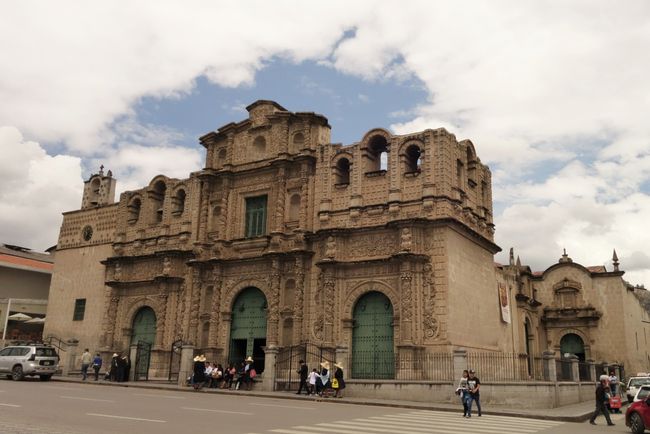
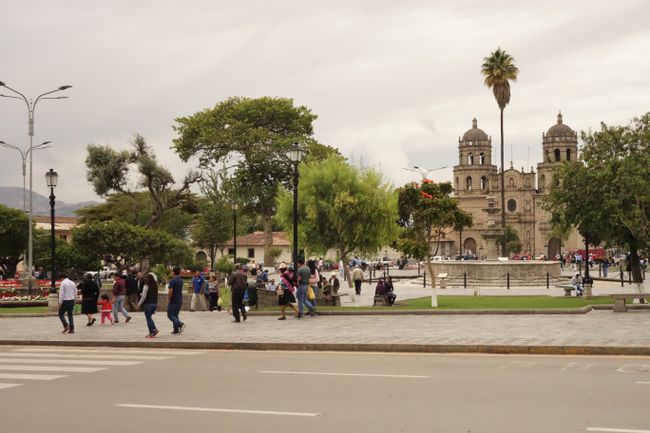
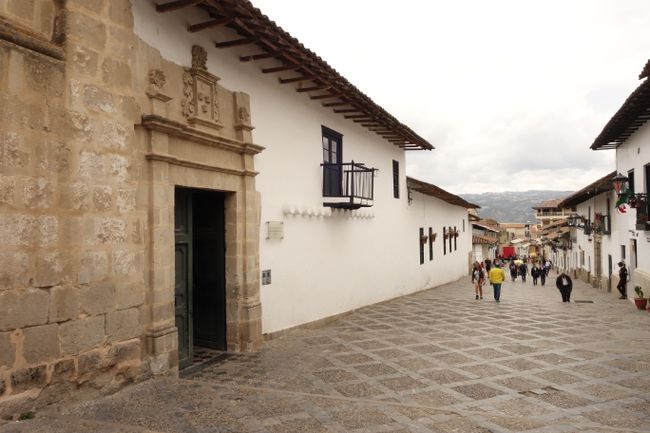
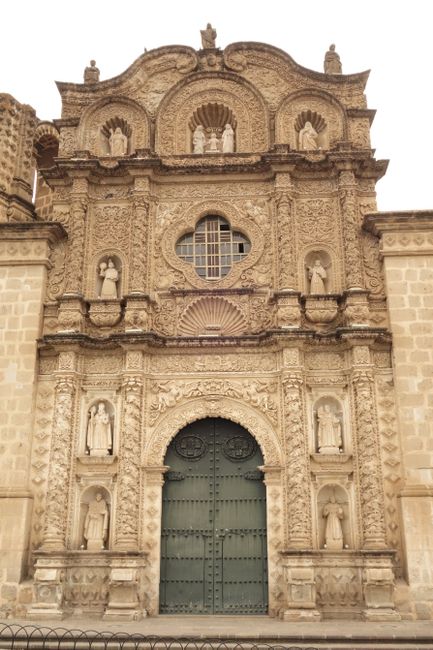
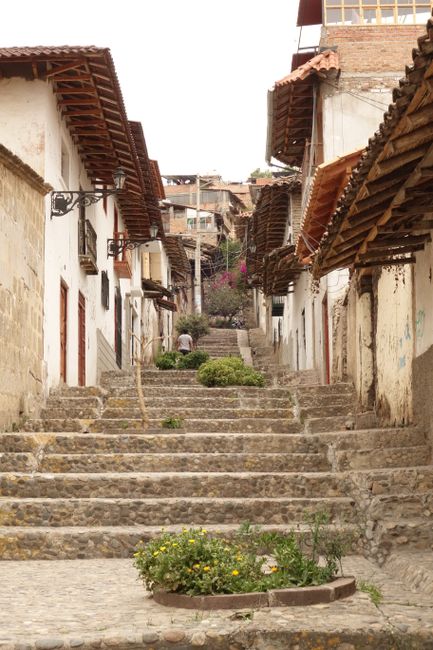

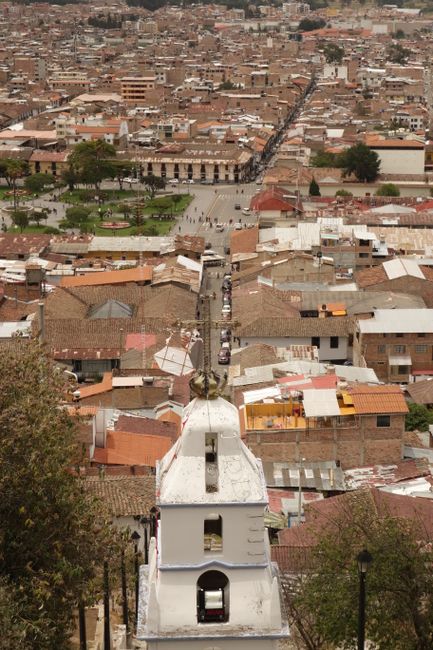
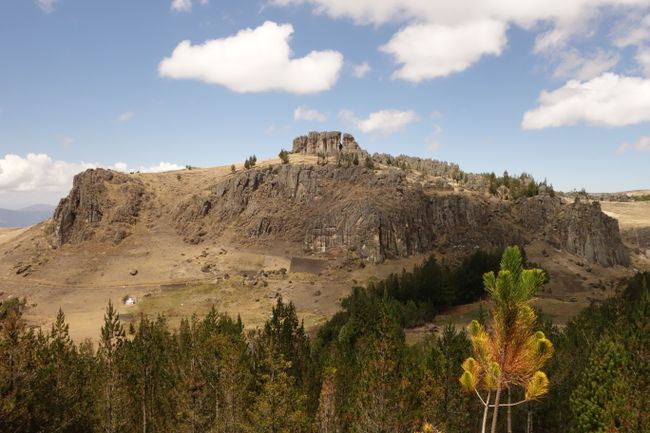
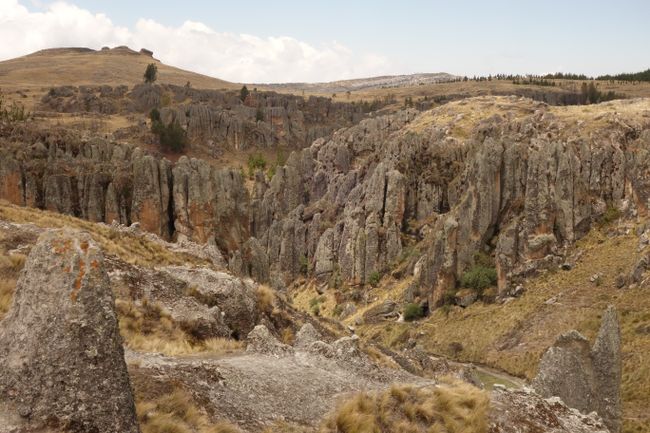
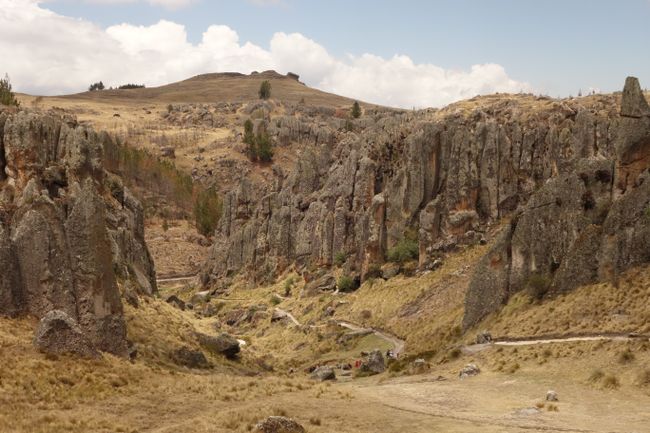
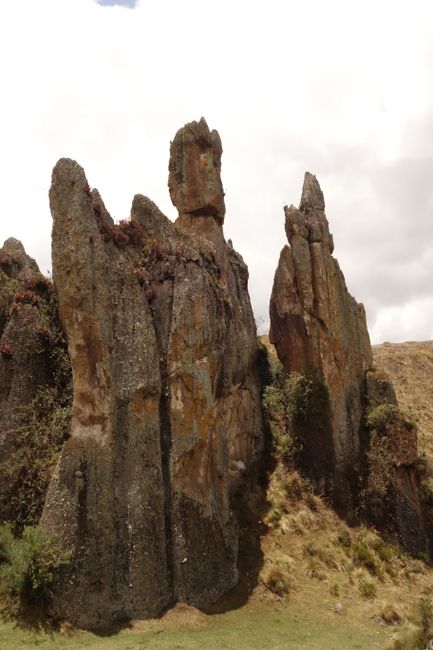
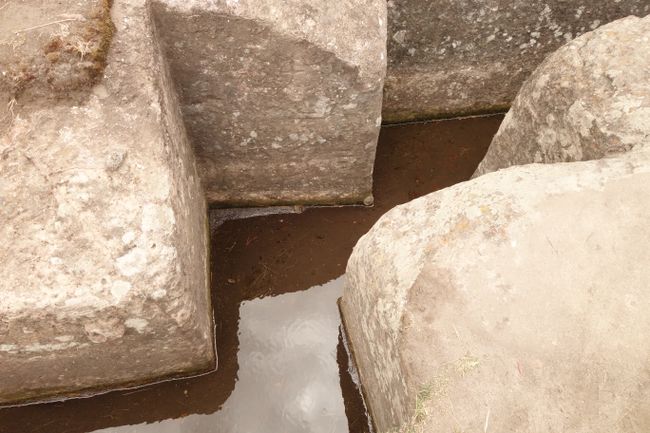

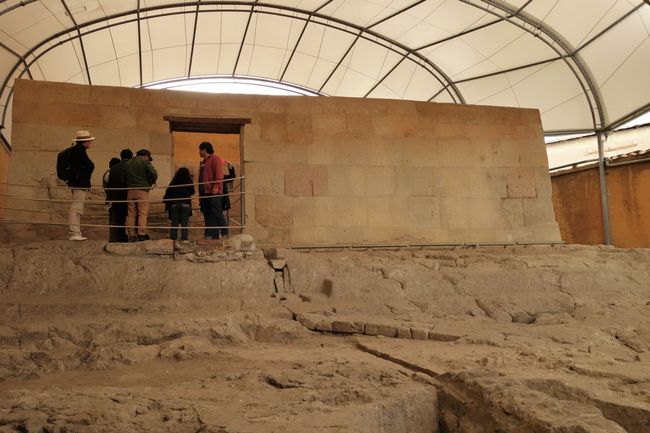
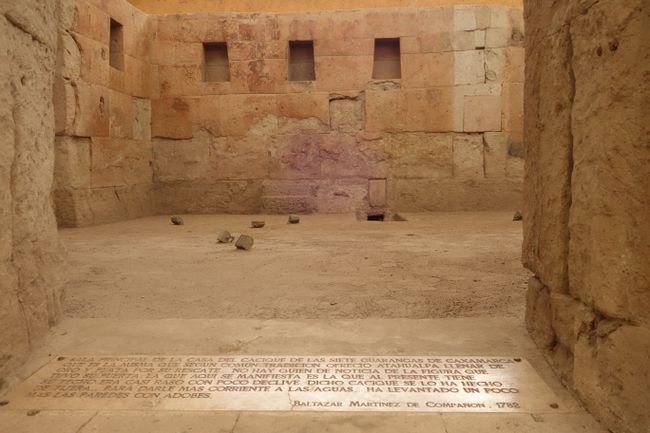
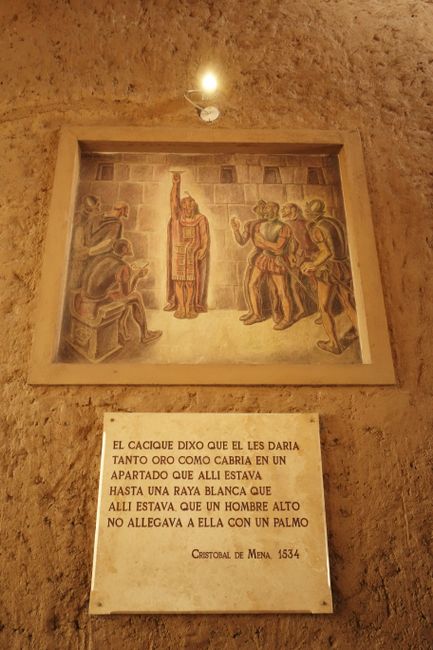
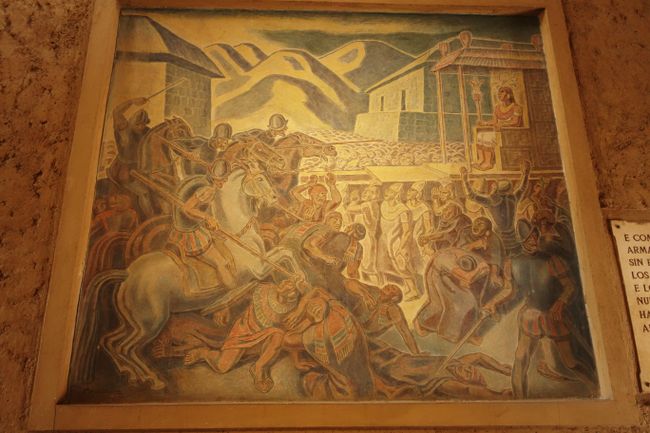
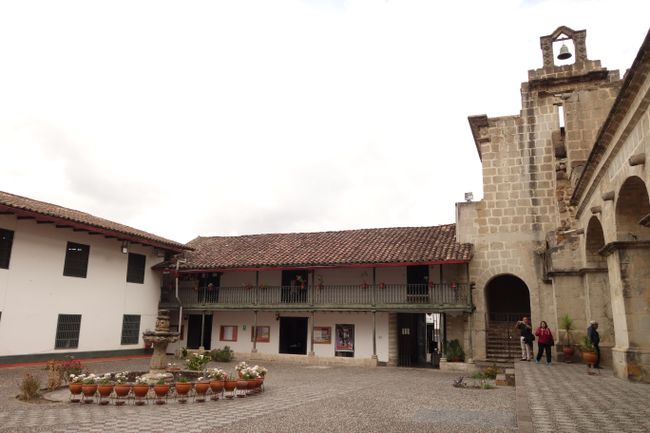
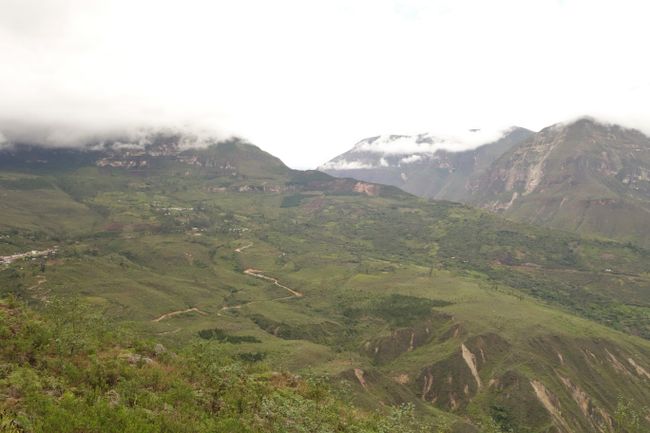

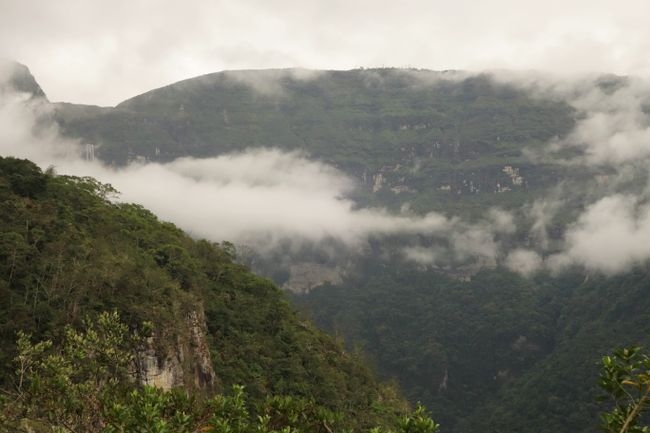
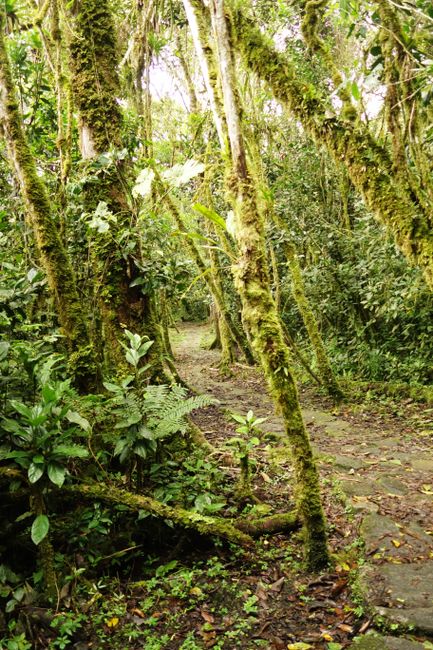
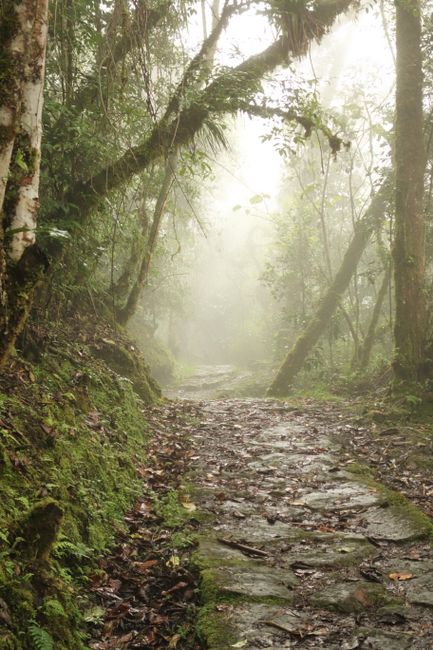
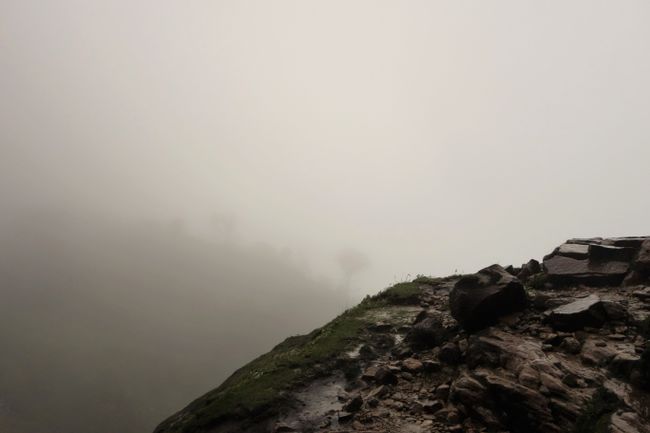
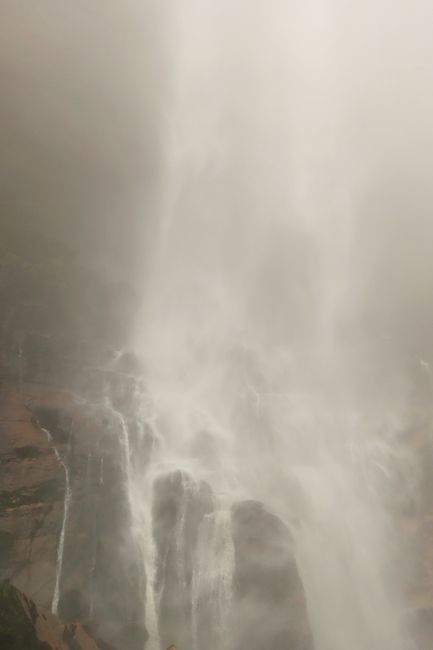
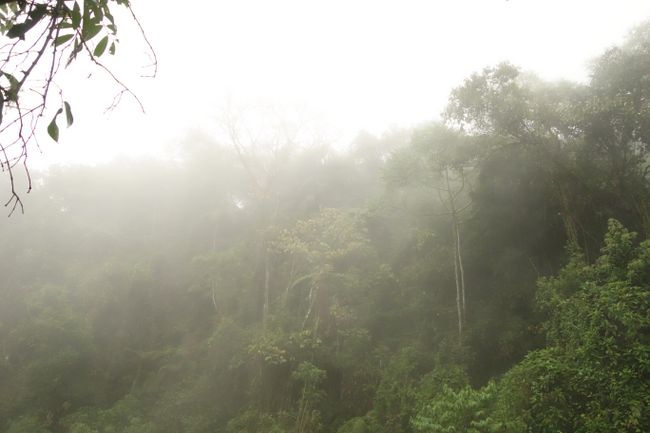
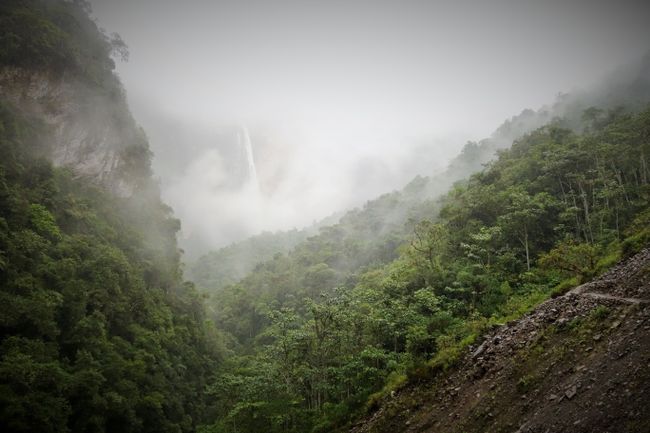

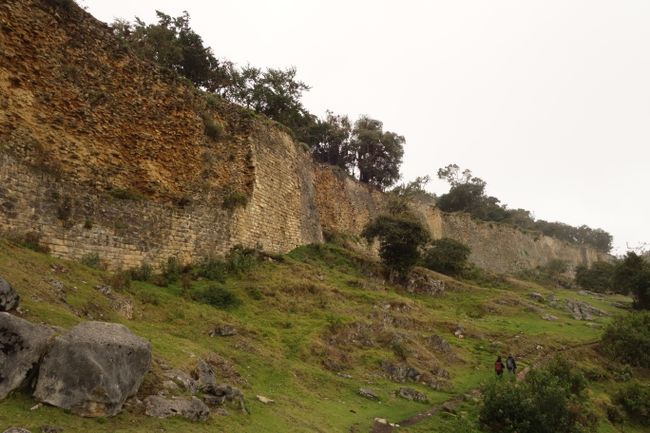
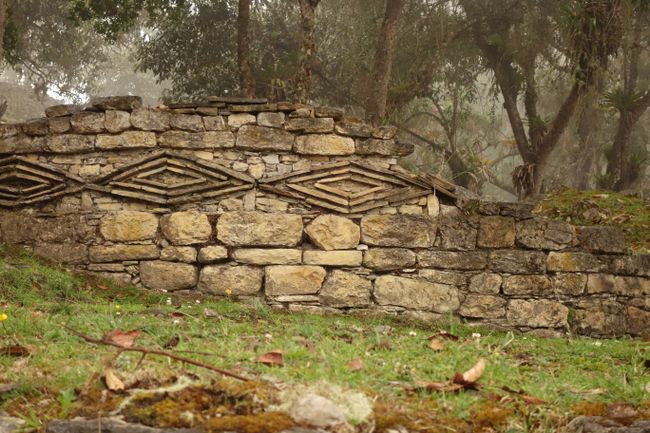
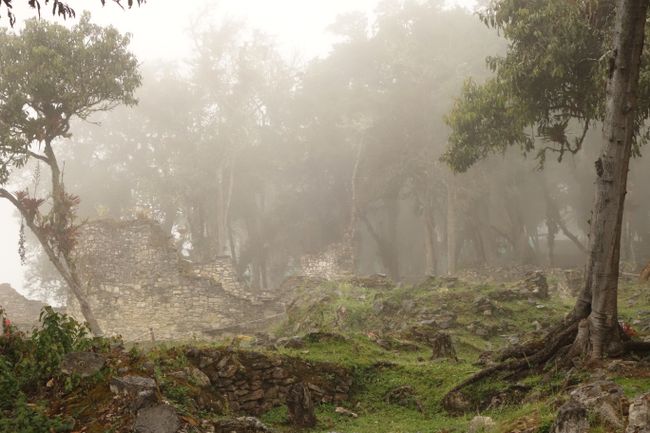
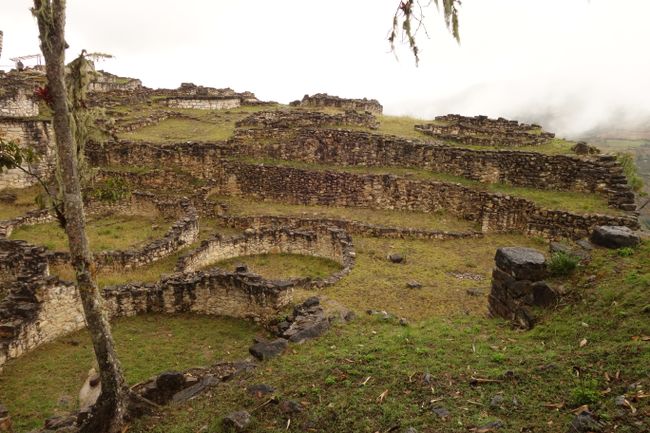
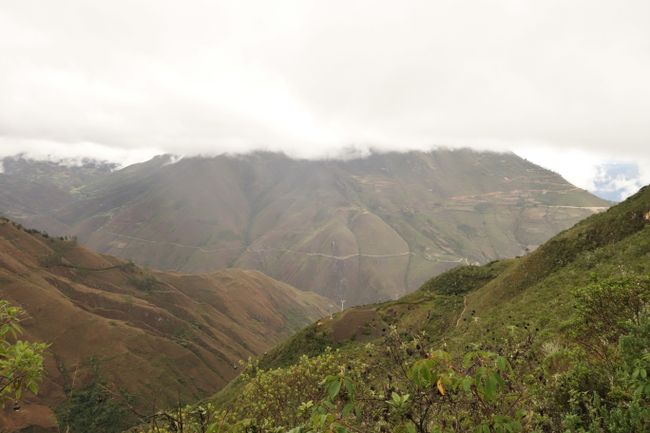

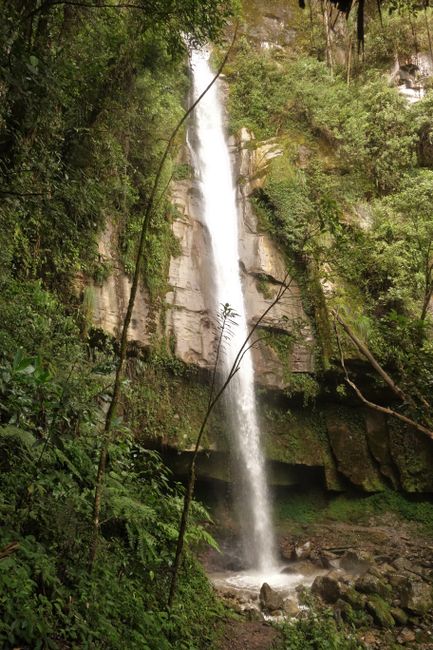
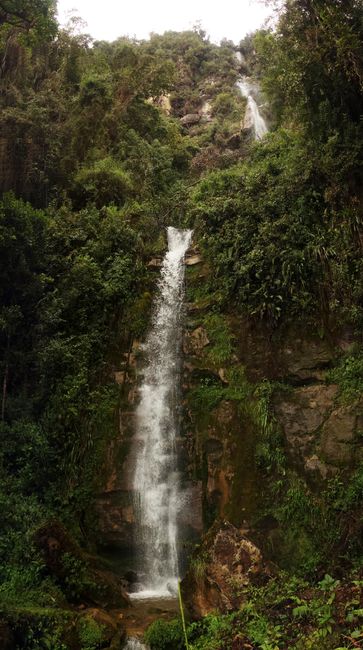
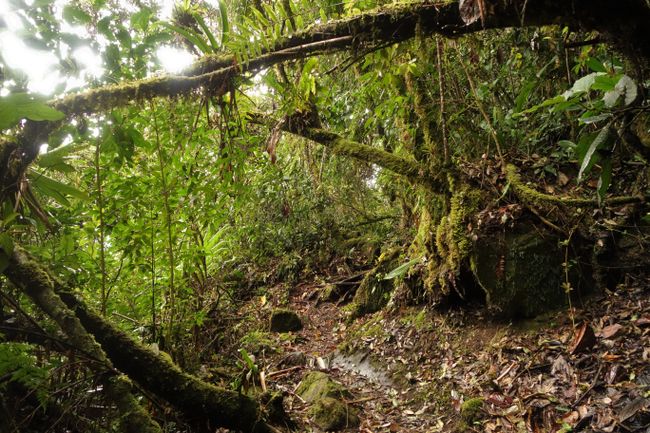
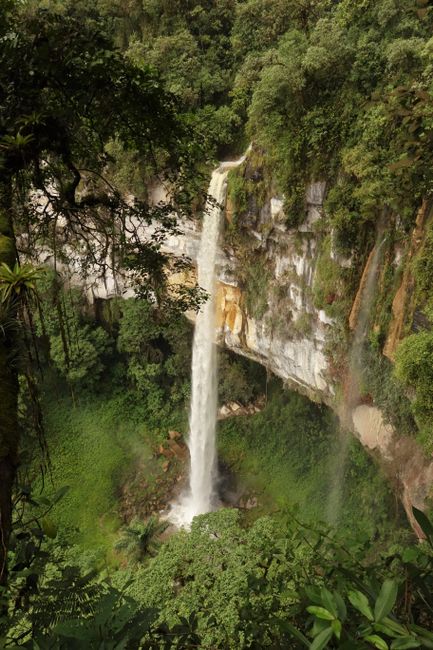
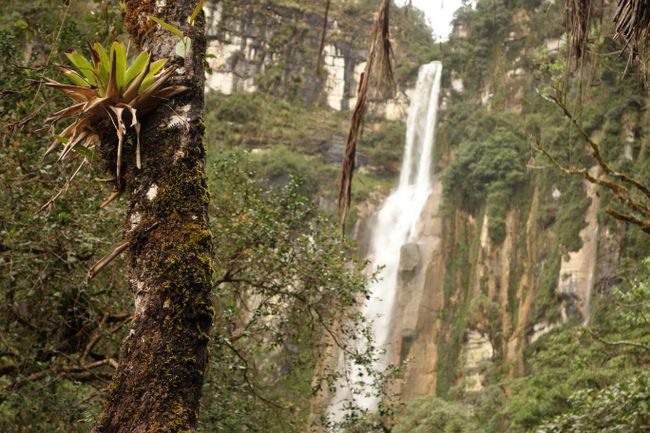
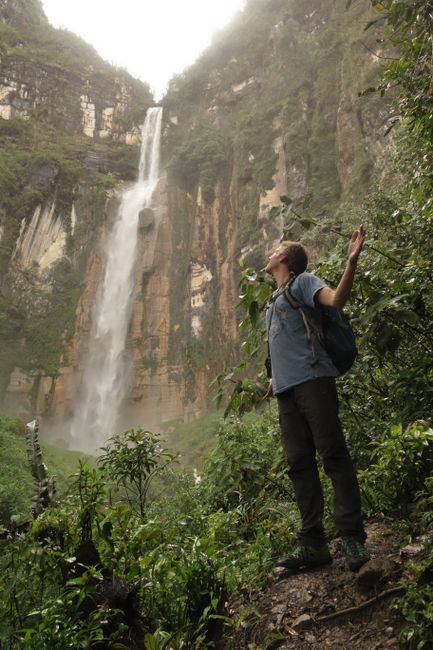
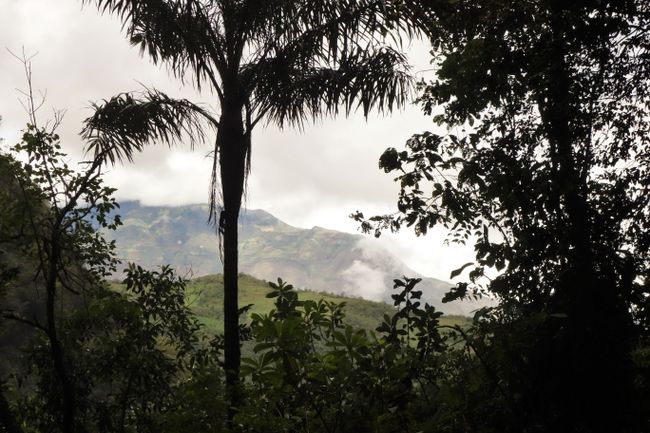
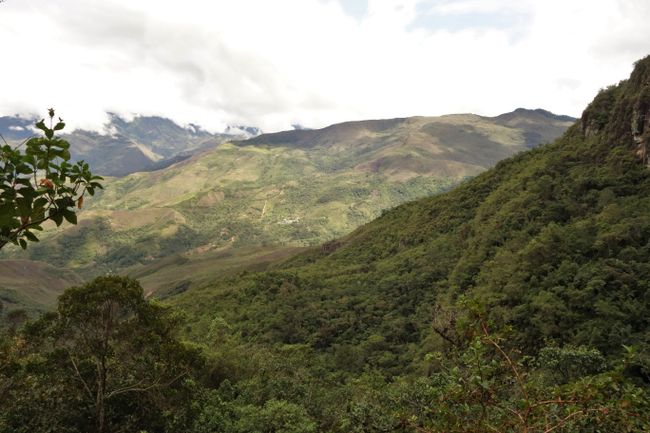
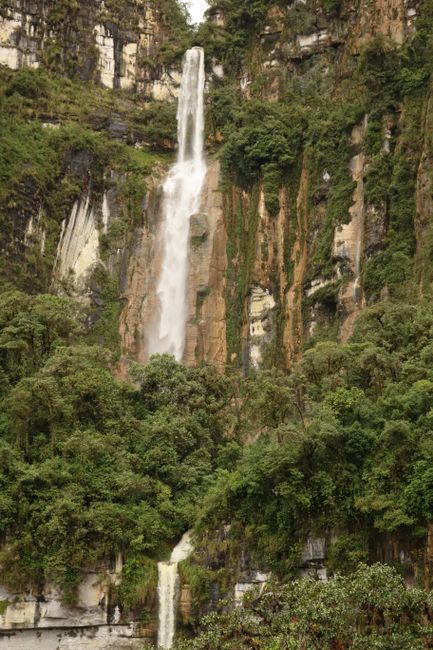
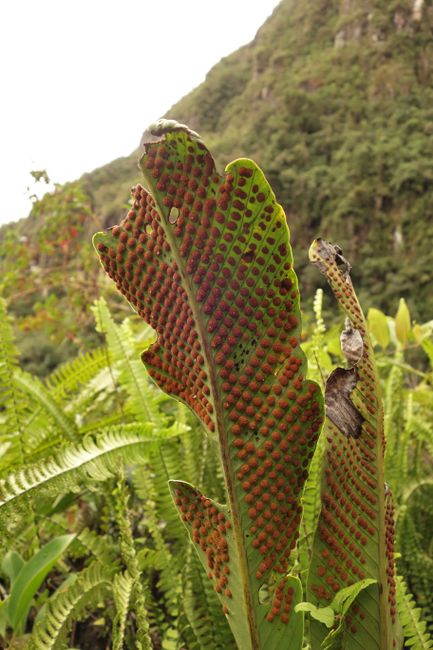
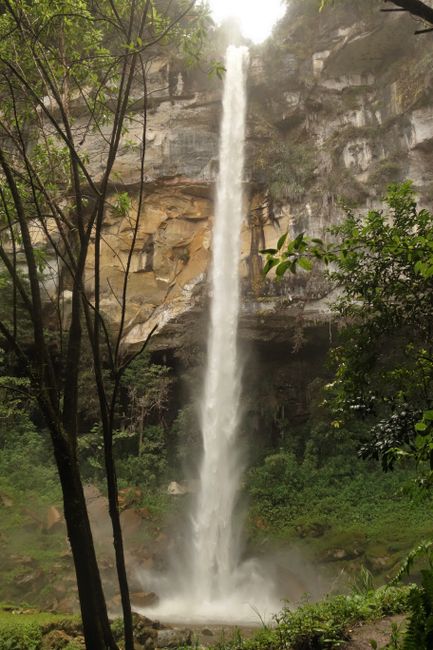
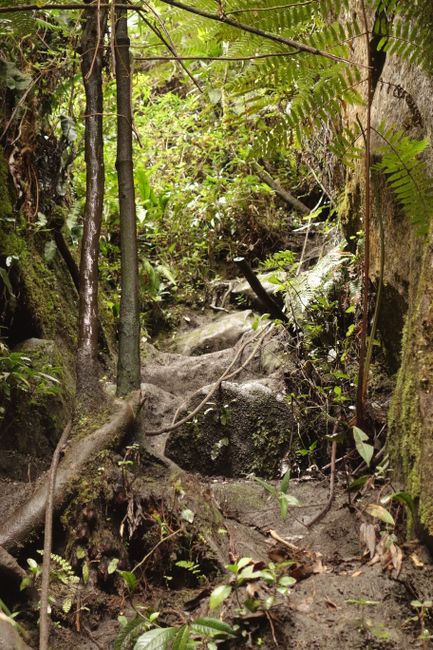
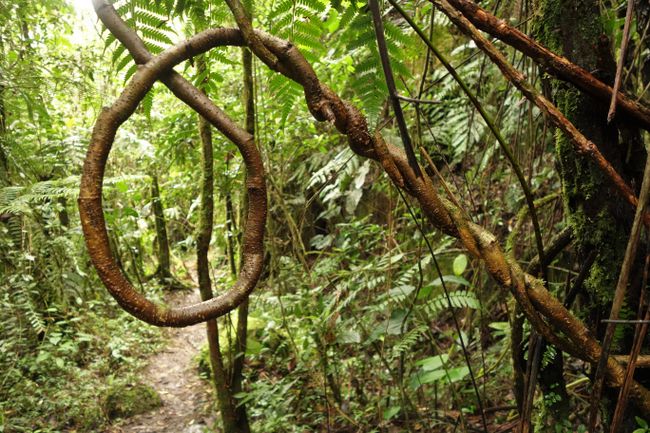
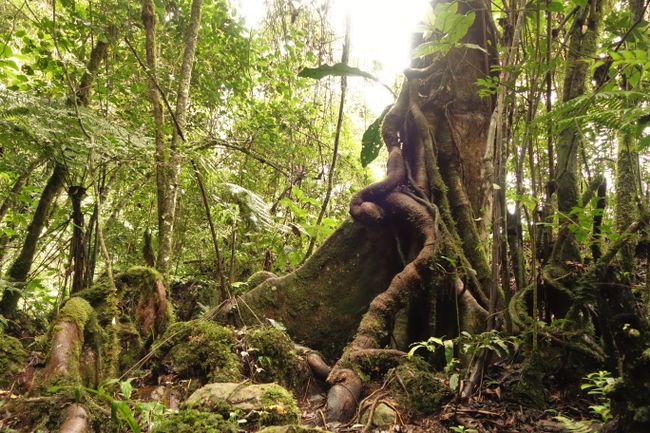
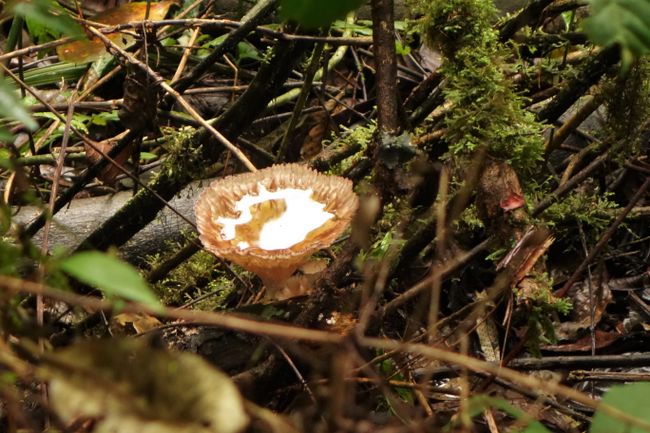
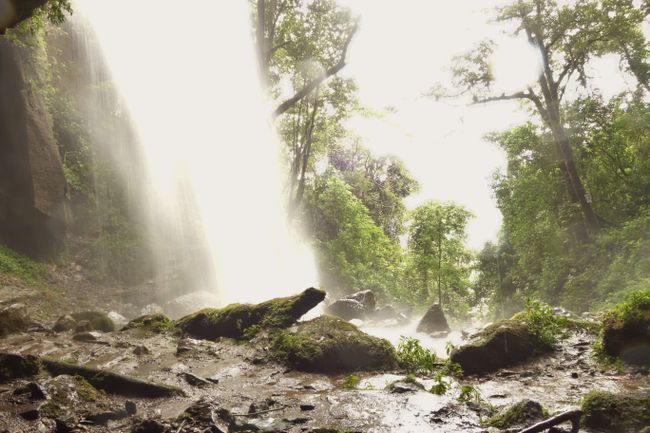

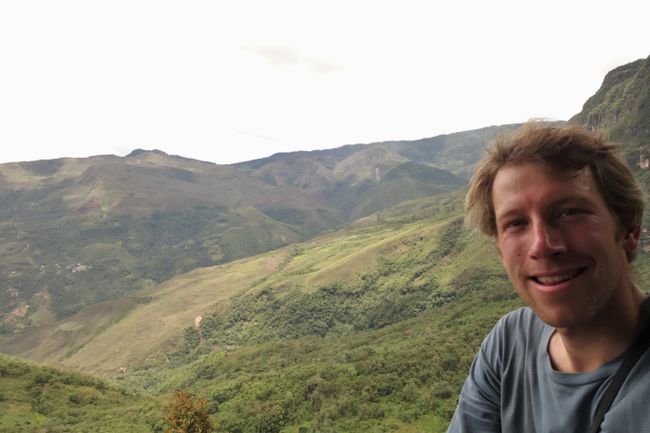
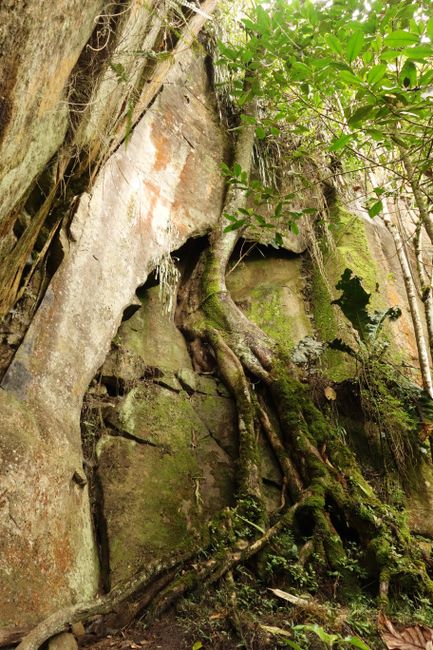
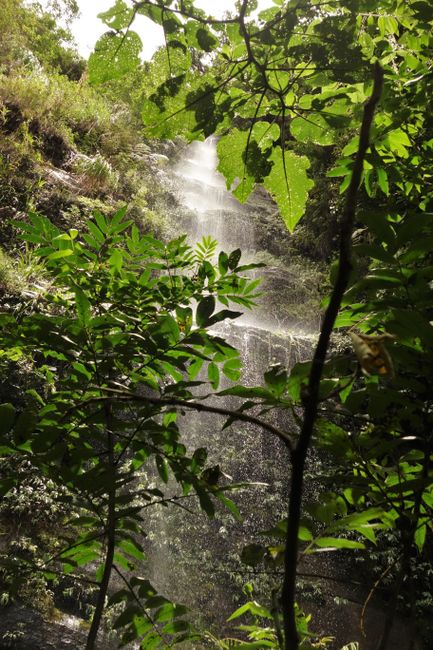
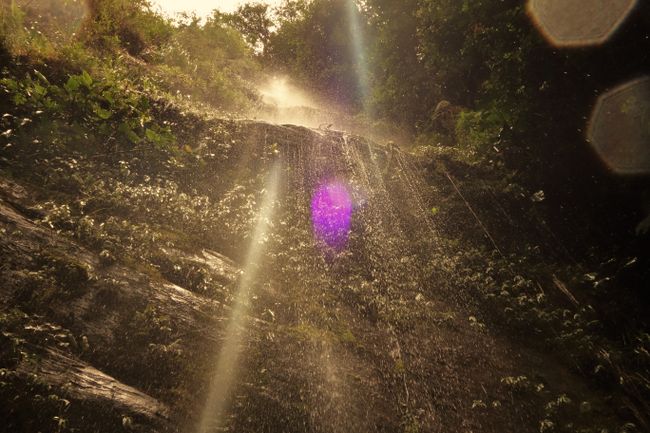
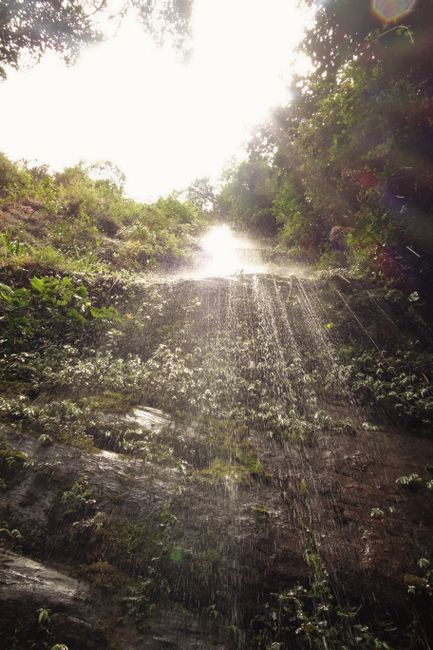
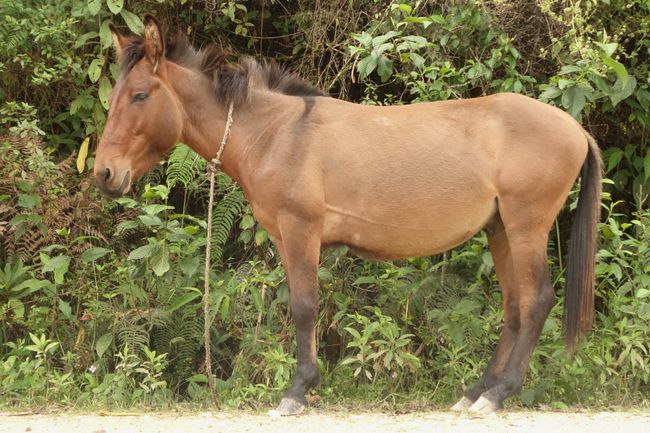
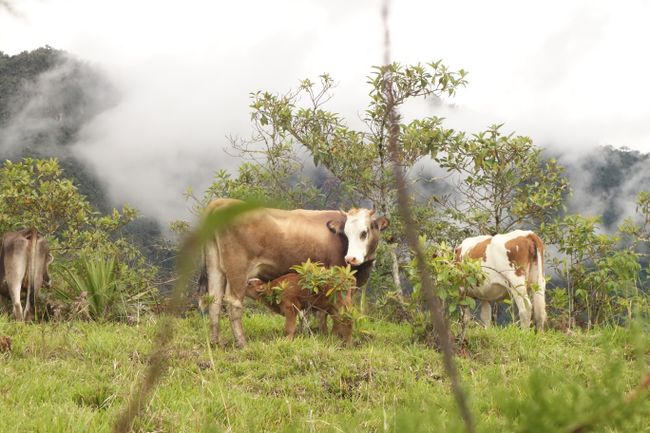
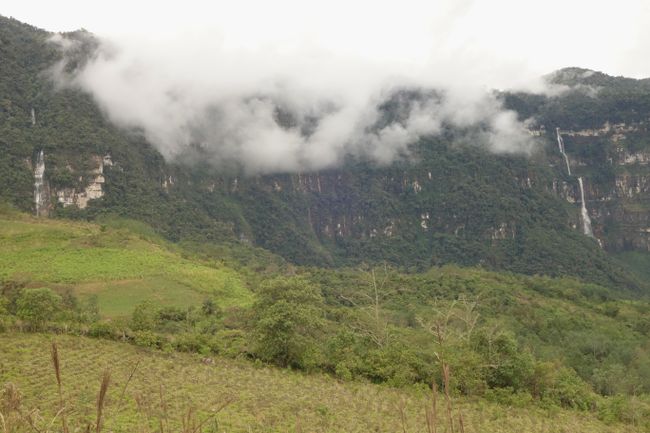
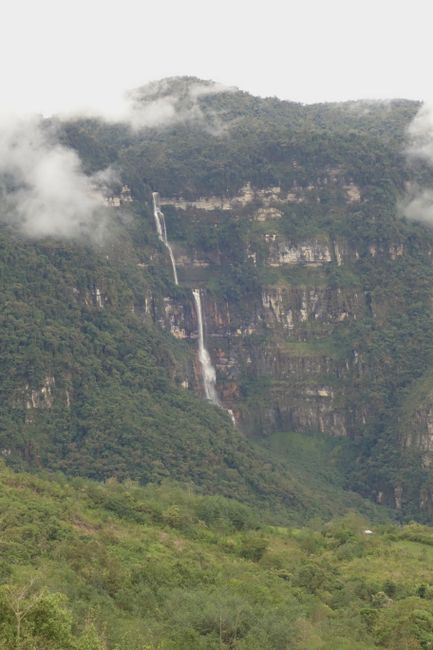
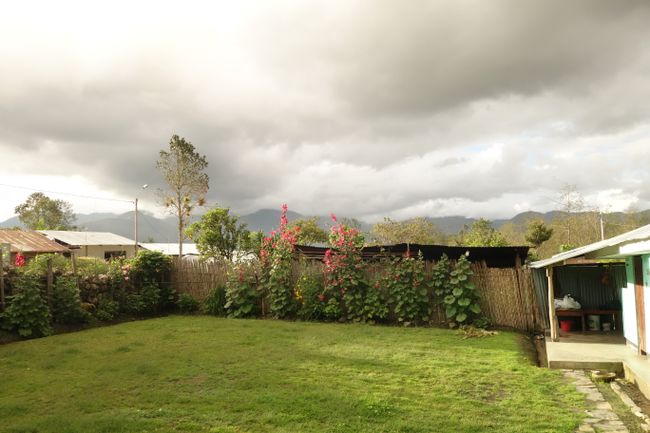
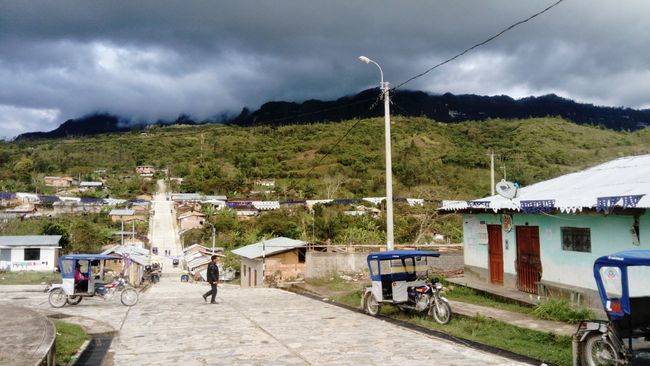
הירשם לעדכונים
Trujillo
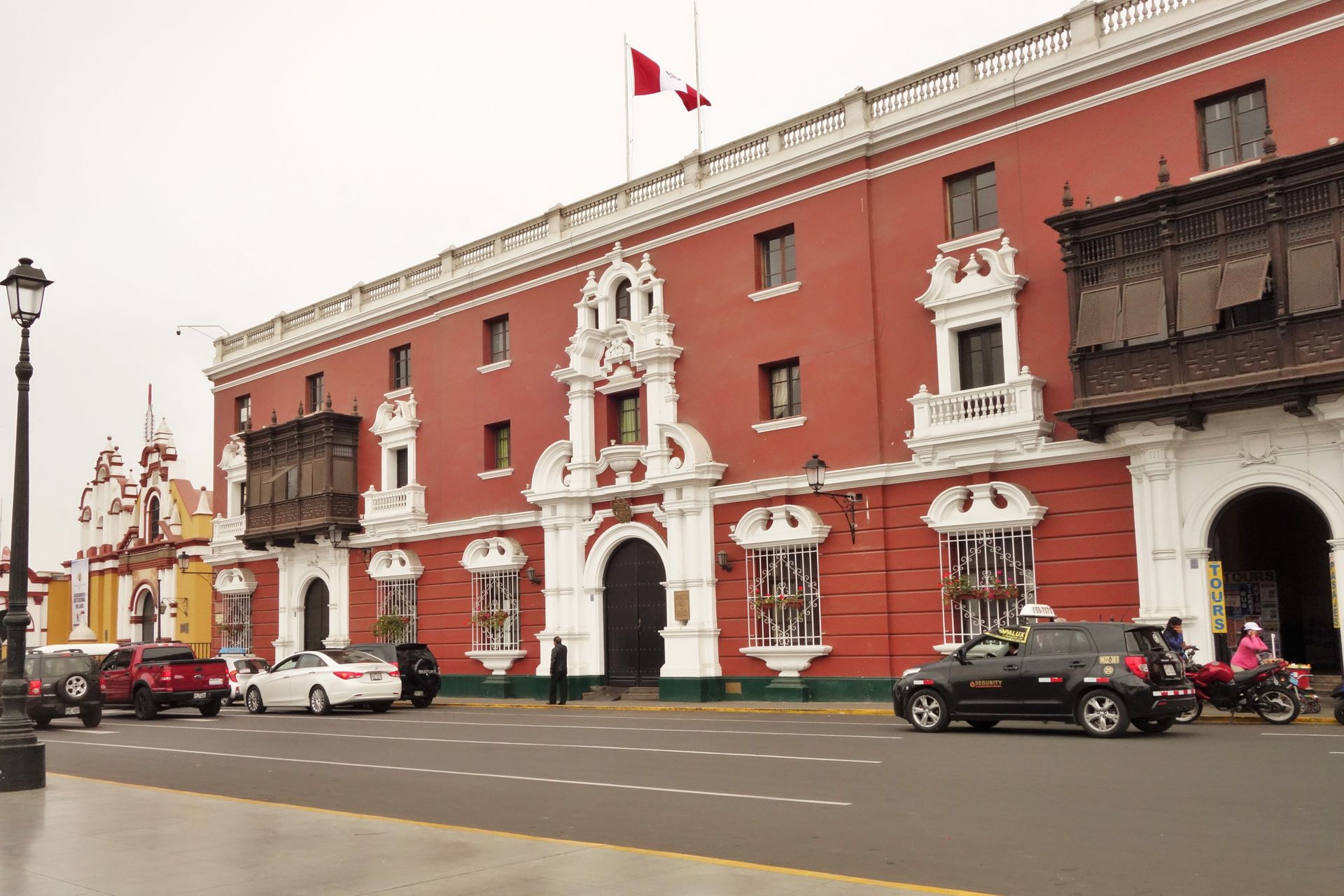
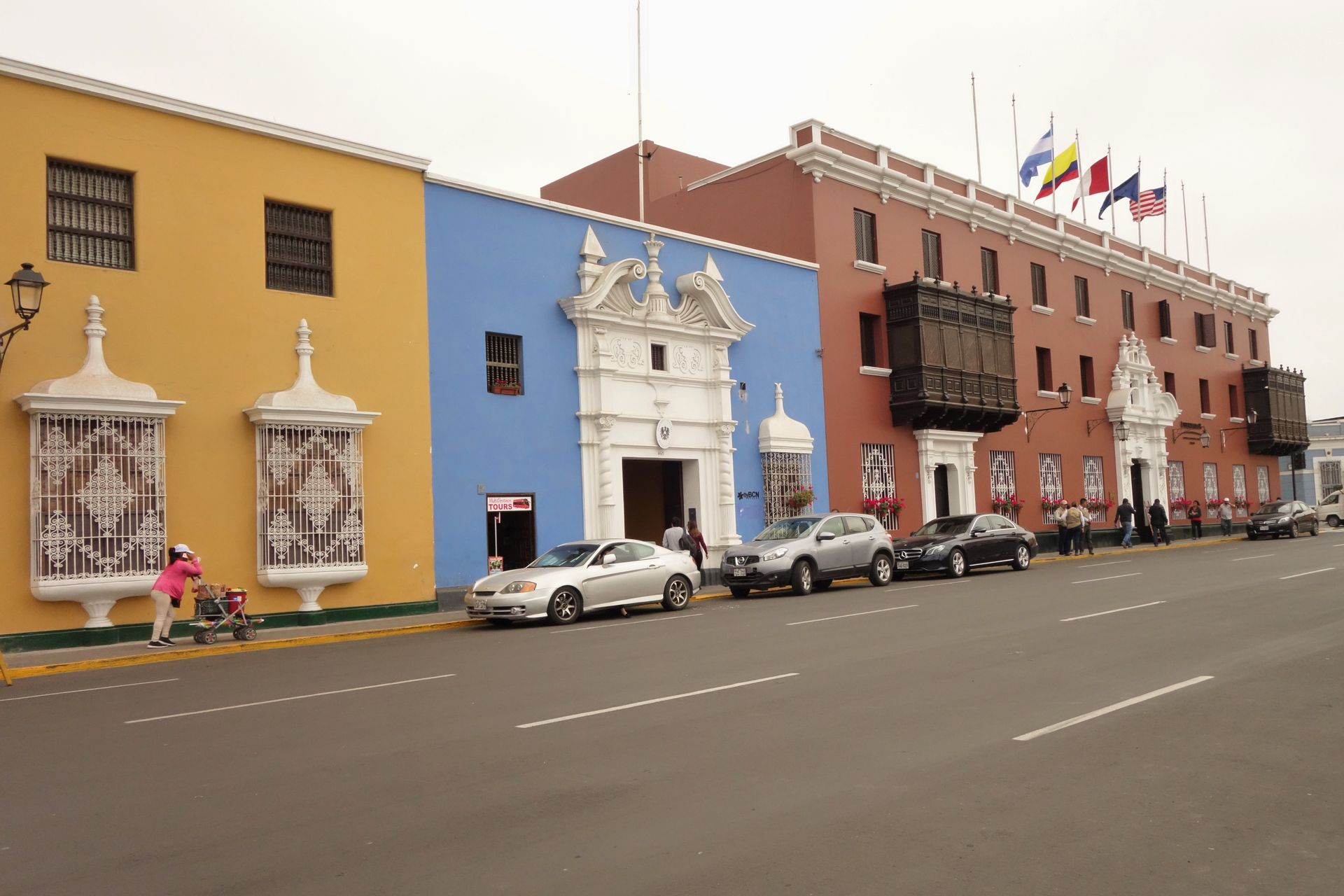
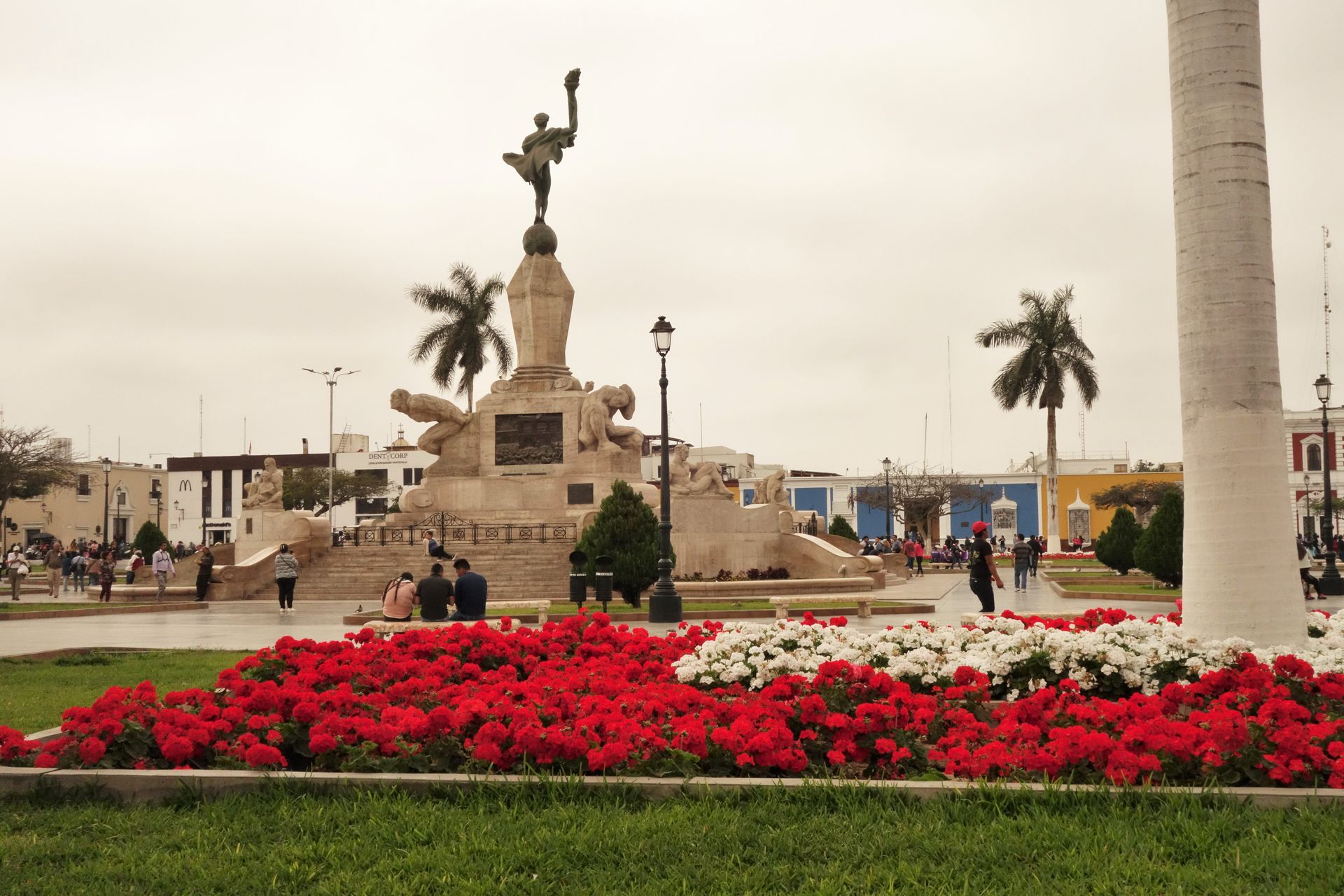
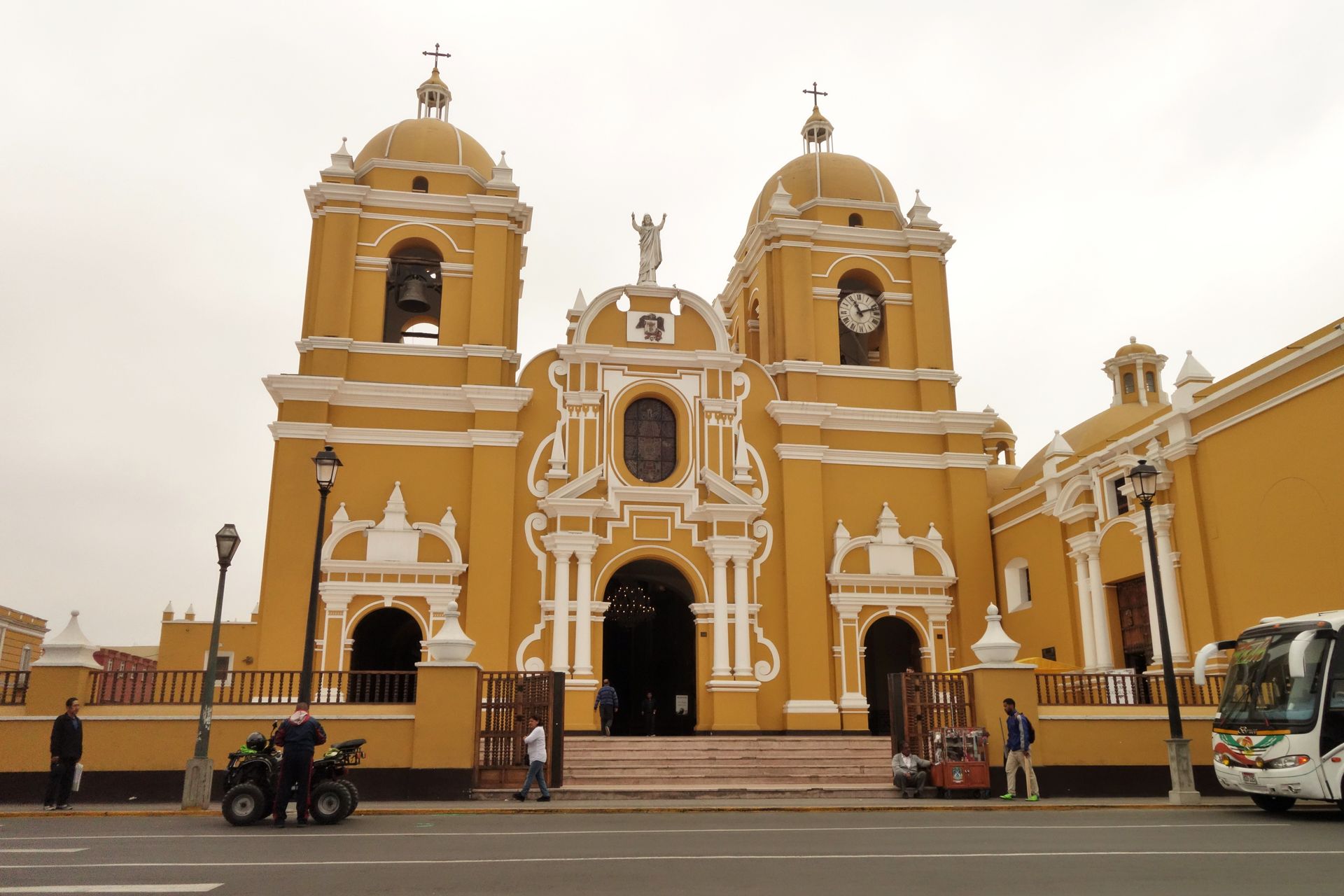
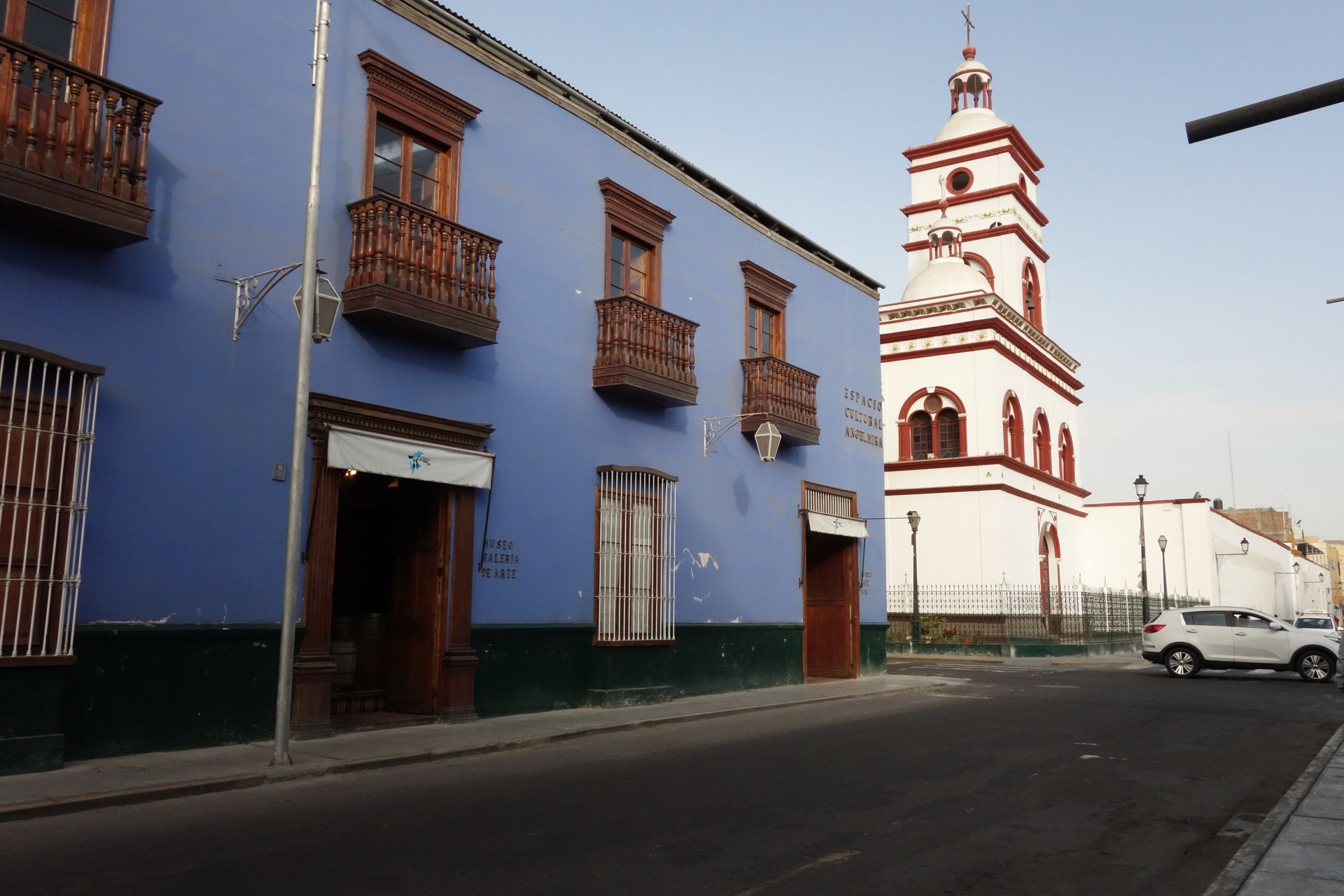
I left the mountains around Huaraz towards the coast. I continued to Trujillo, the third largest city in Peru. However, you don't notice much of it in the city center. It's relatively quiet around the Plaza. There are many well-preserved houses from colonial times. However, the tourist attractions are located outside the city and date back to the time of the Moche culture, which existed some time before the Incas. On the one hand, there is the temple complex Huaca de la Luna and on the other hand, the ruins of Chan Chan. It's quite unusual that these sites were built so close to the coast, as the Incas always wanted to go as high as possible. The temple complex Huaca de la Luna was completely covered with sand, so it was only discovered about 20 years ago and gradually uncovered. And there is still much to do. The interesting thing about the complex is that it was enlarged approximately every hundred years. And that was done in such a way that a new temple was built over the old one. This means that the rooms were filled with adobe bricks and another wall was added to all outer walls. At the top, there was a new level. Over time, 5 layers were created. Of course, you can't see all of them, because you would have to remove the layers above each time.

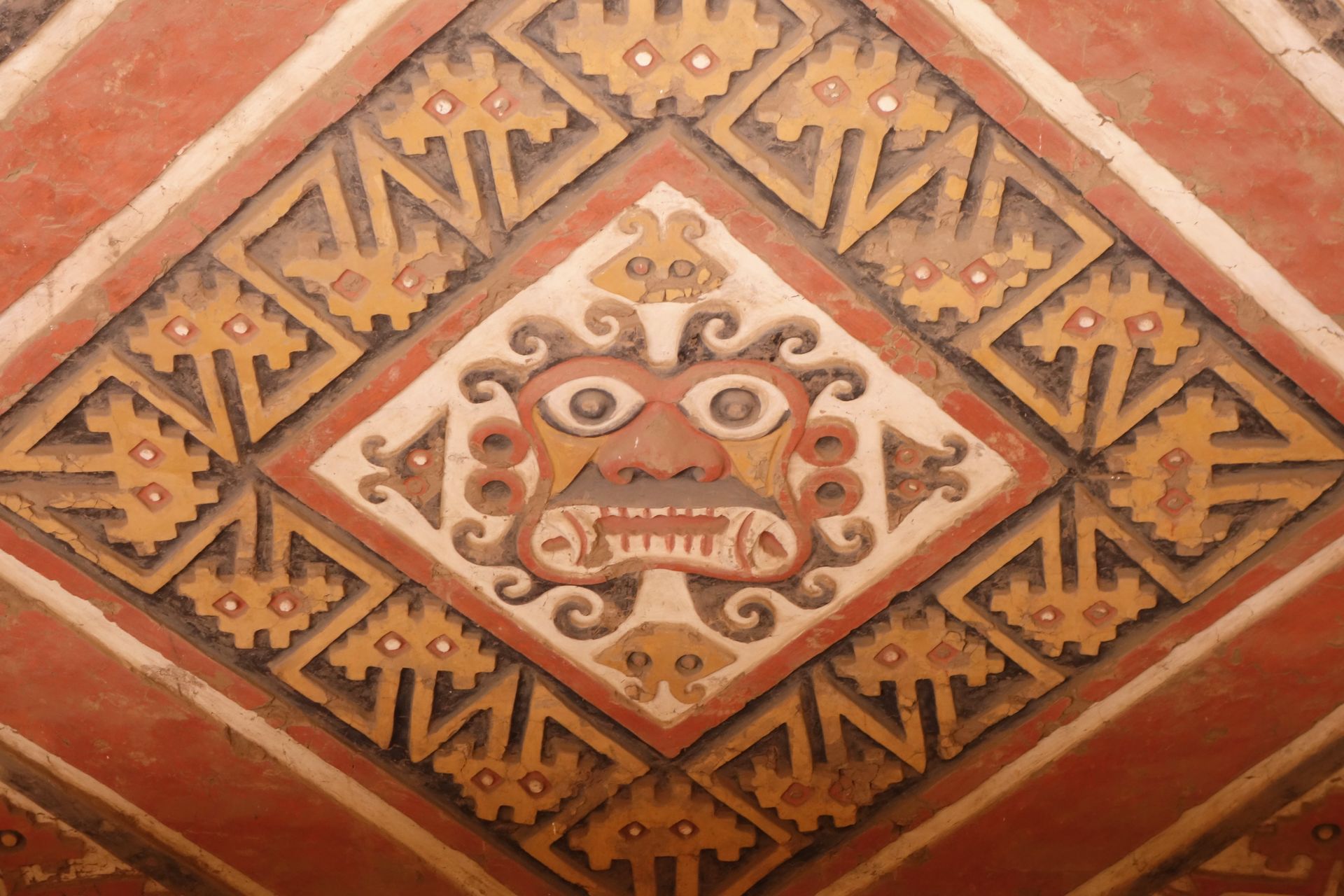
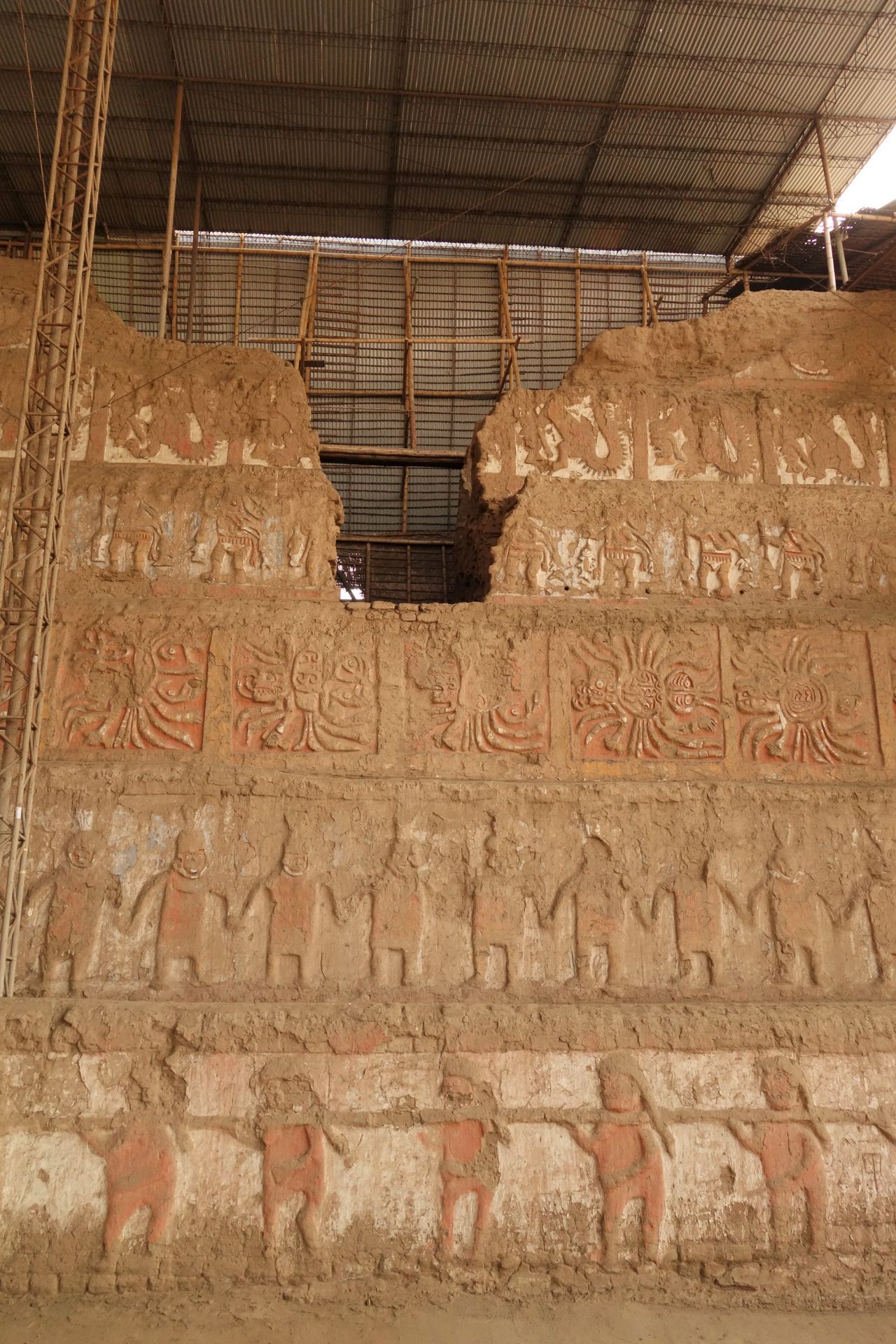


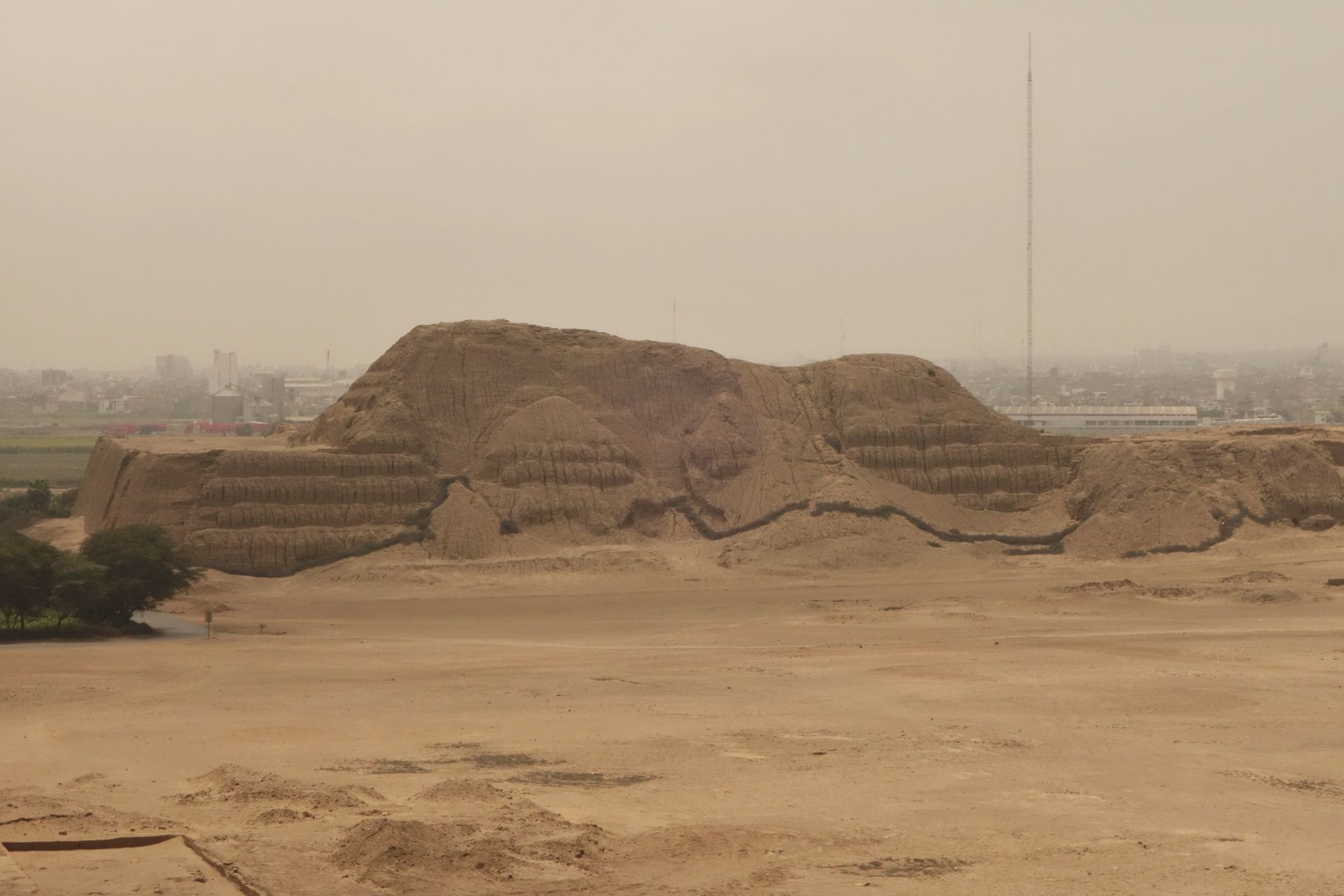
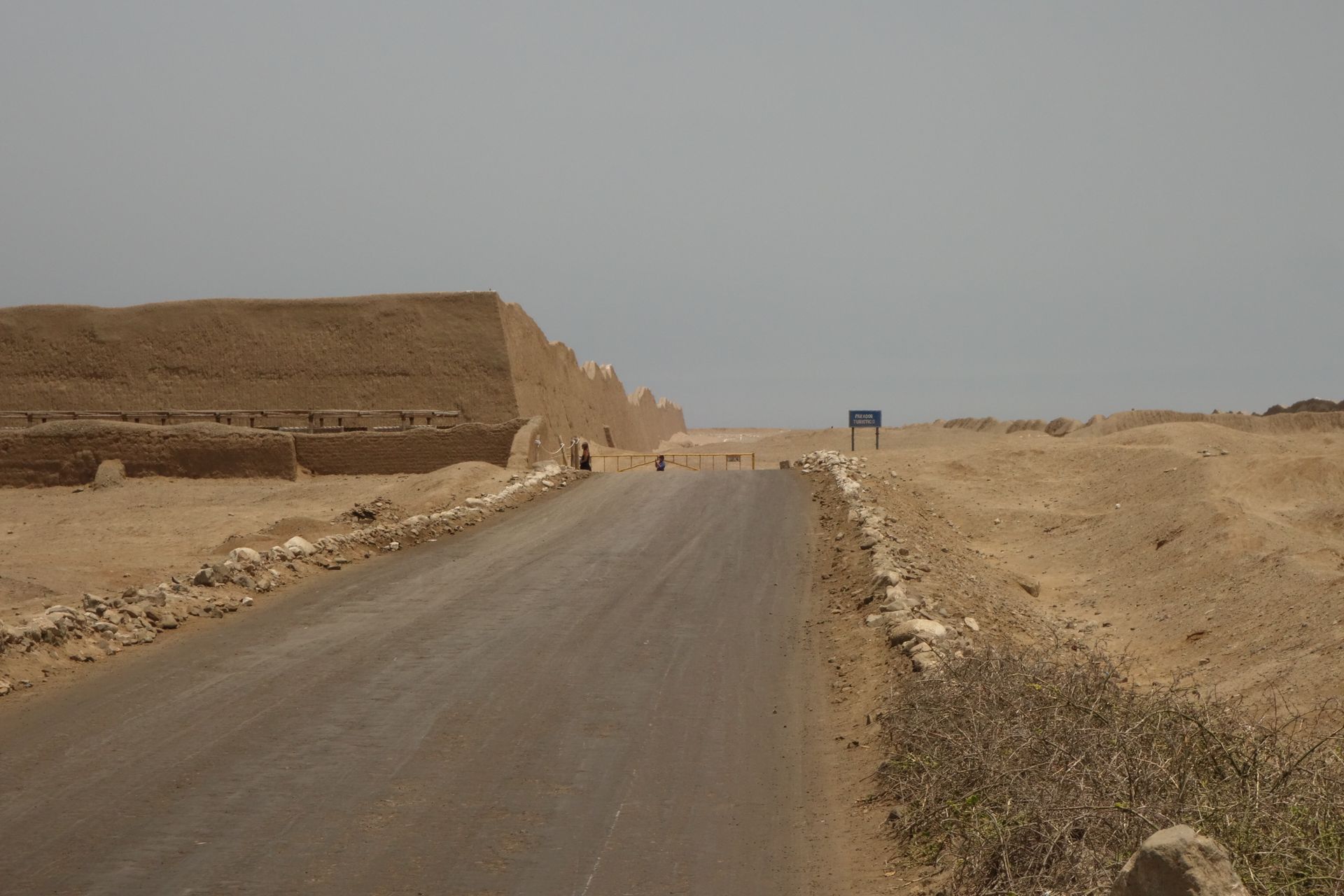
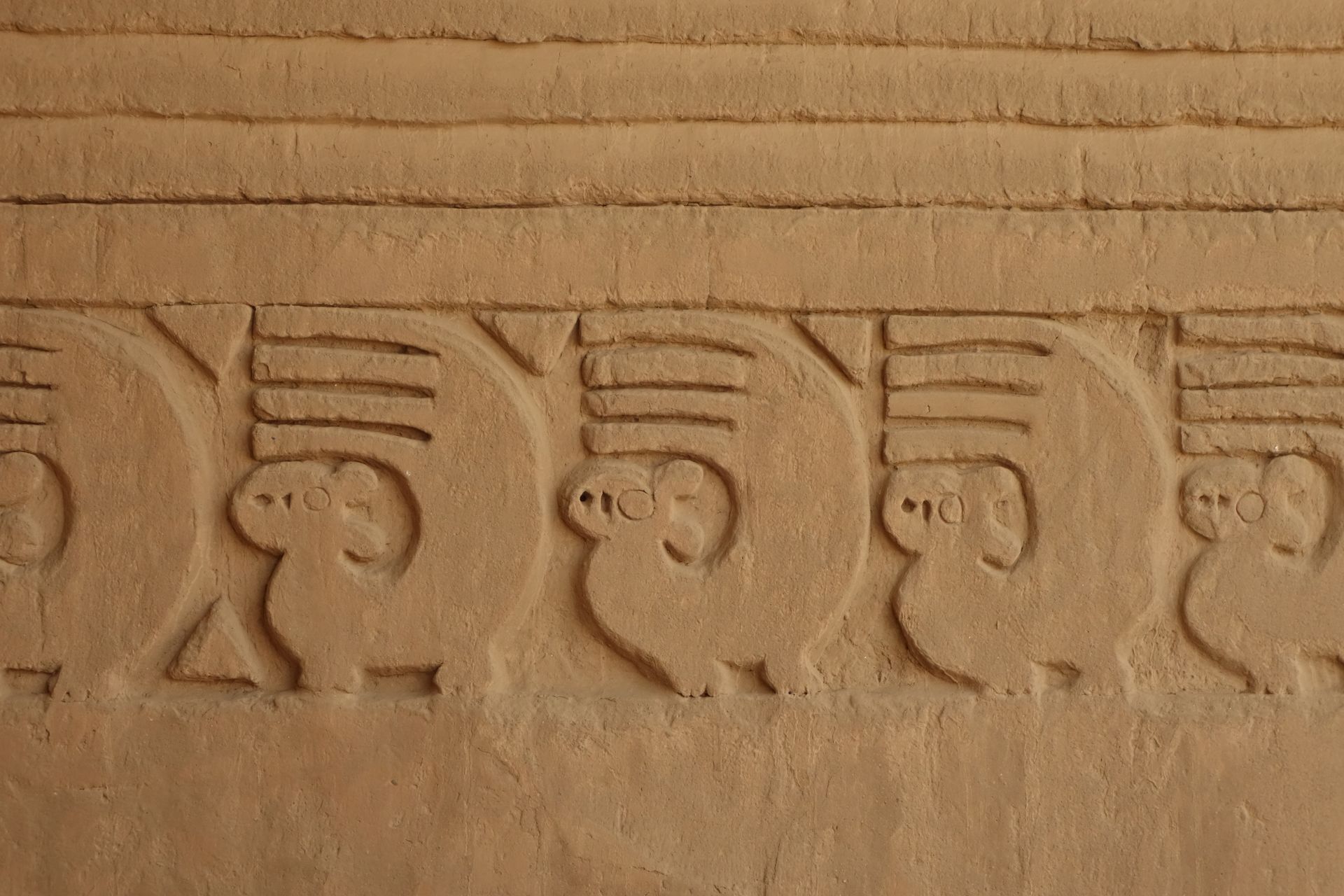

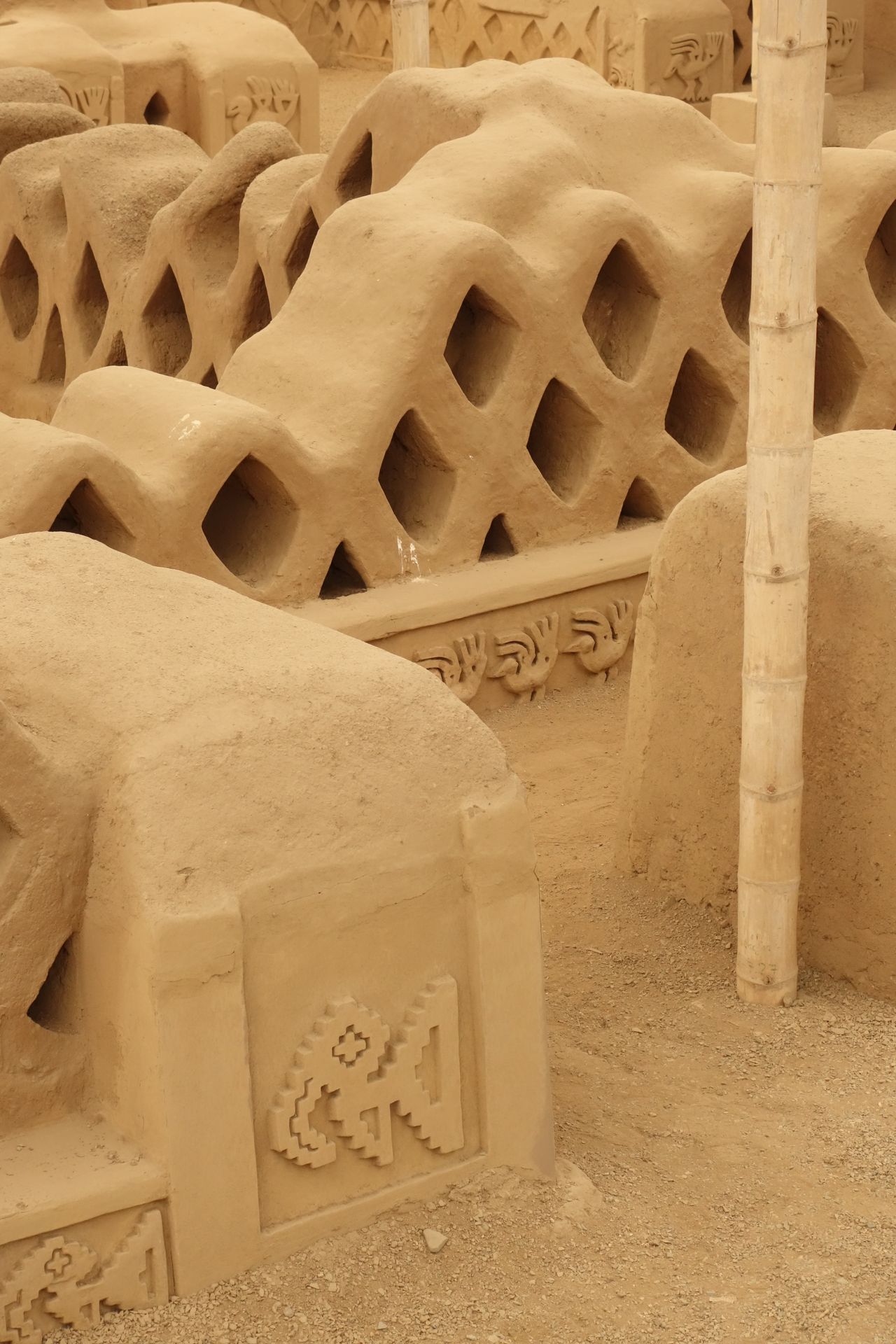


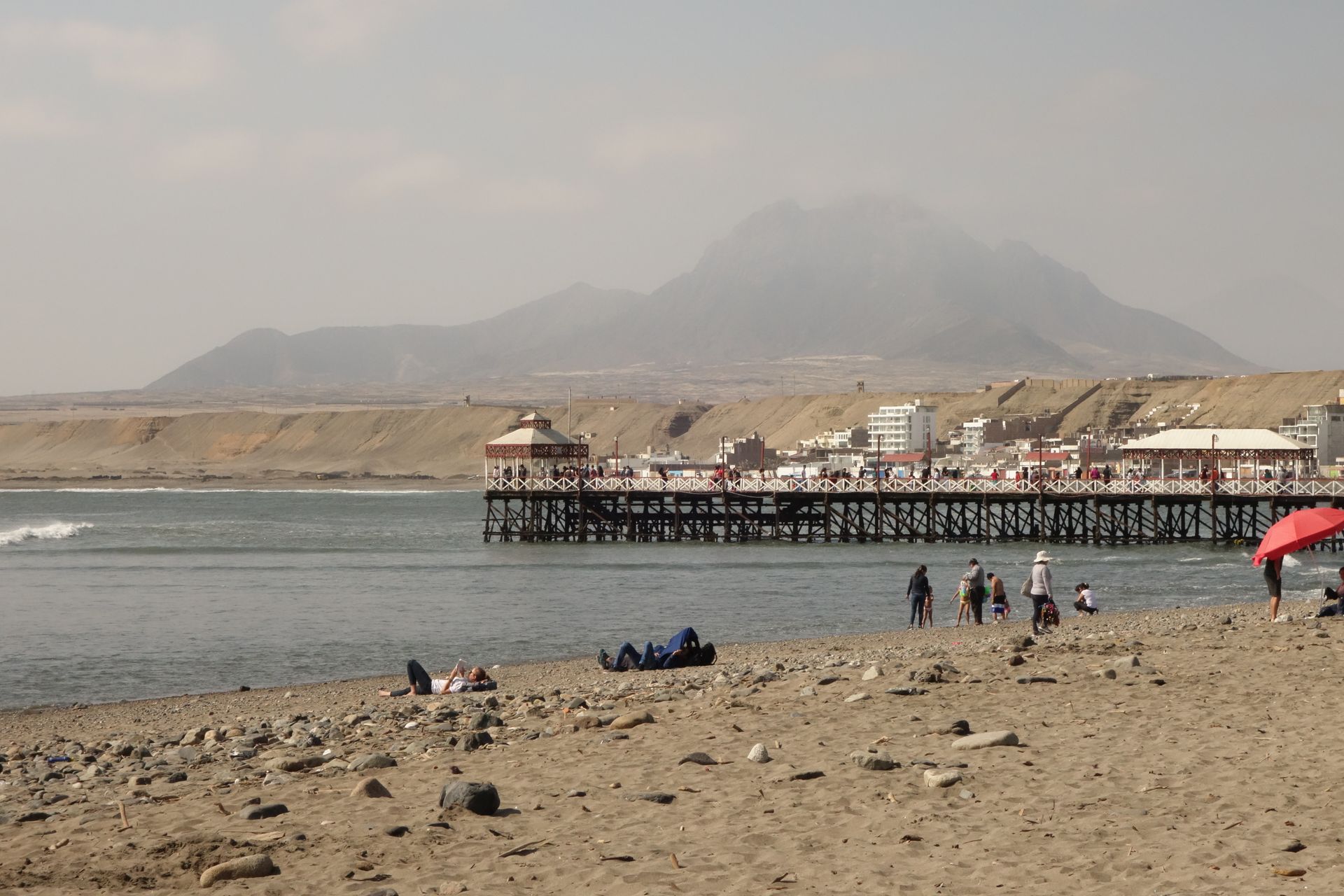
Cajamarca
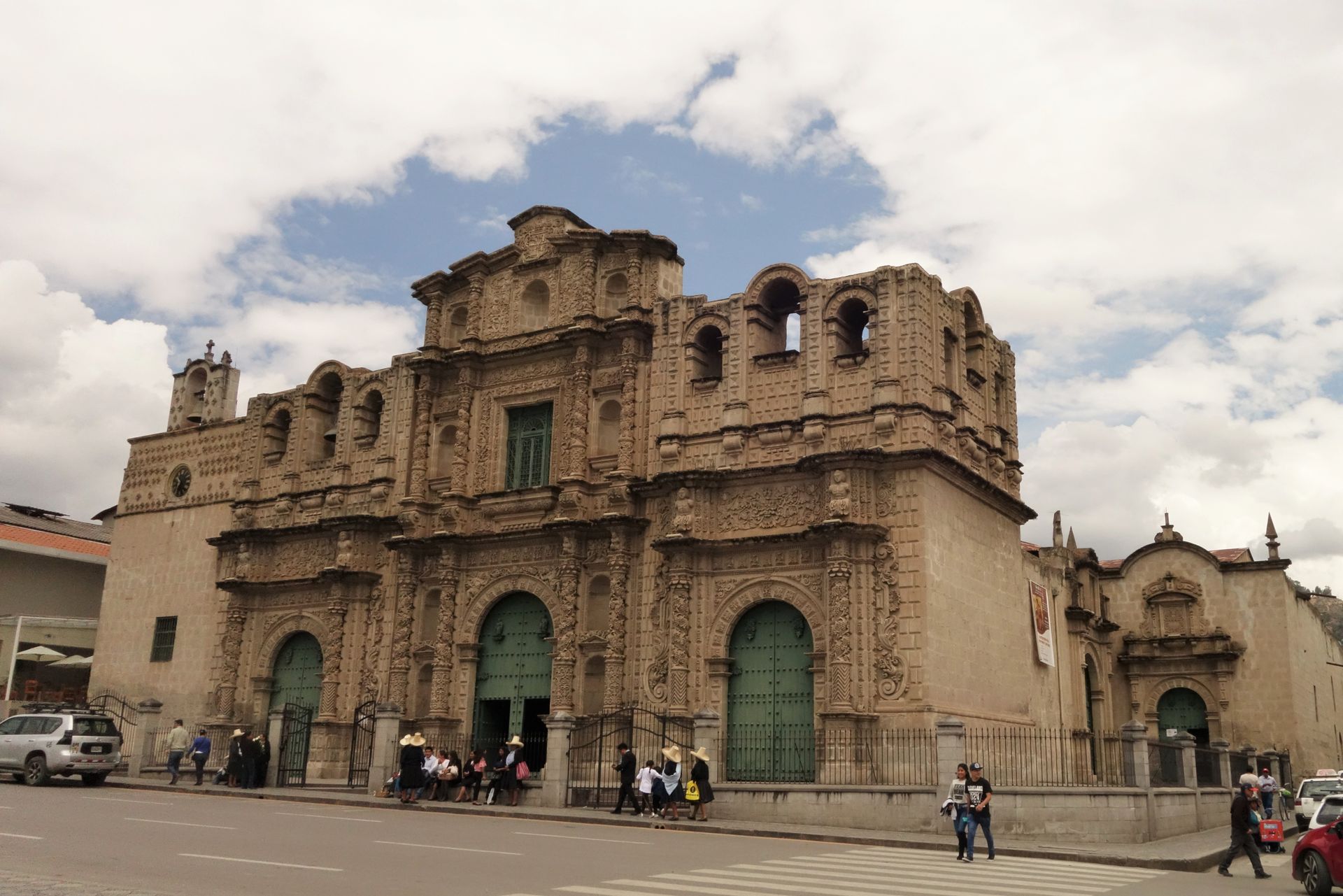
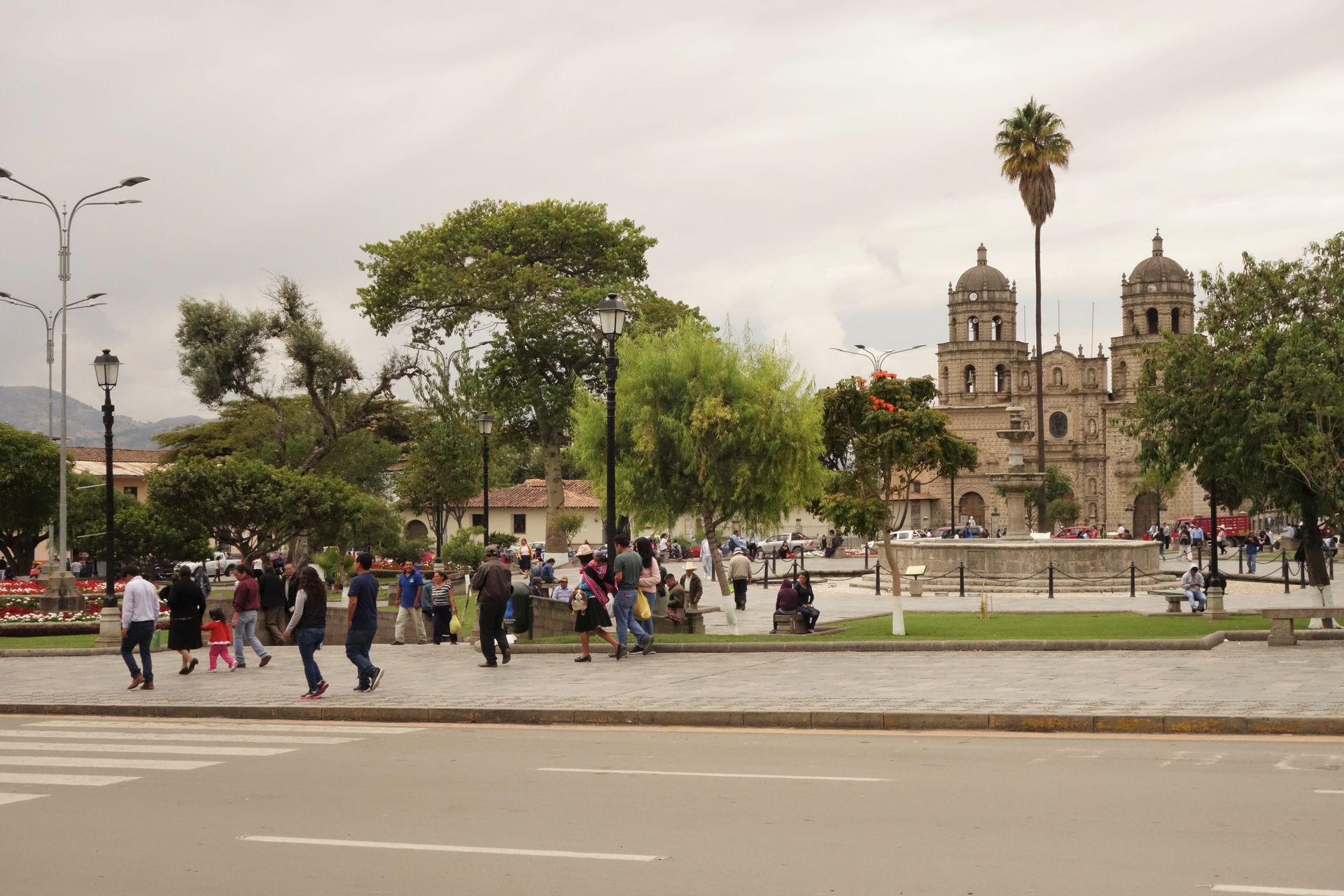
The next stop was again in the mountains at an altitude of over 3000m - Cajamarca. This city also has its Inca past. Here, the last Inca Atahualpa was executed by Pizarro in the main square. And that even though he filled a huge chamber with gold as agreed upon. Cajamarca is located at a strategically important junction, where the Camino de Inca and the Camino de Oro meet.
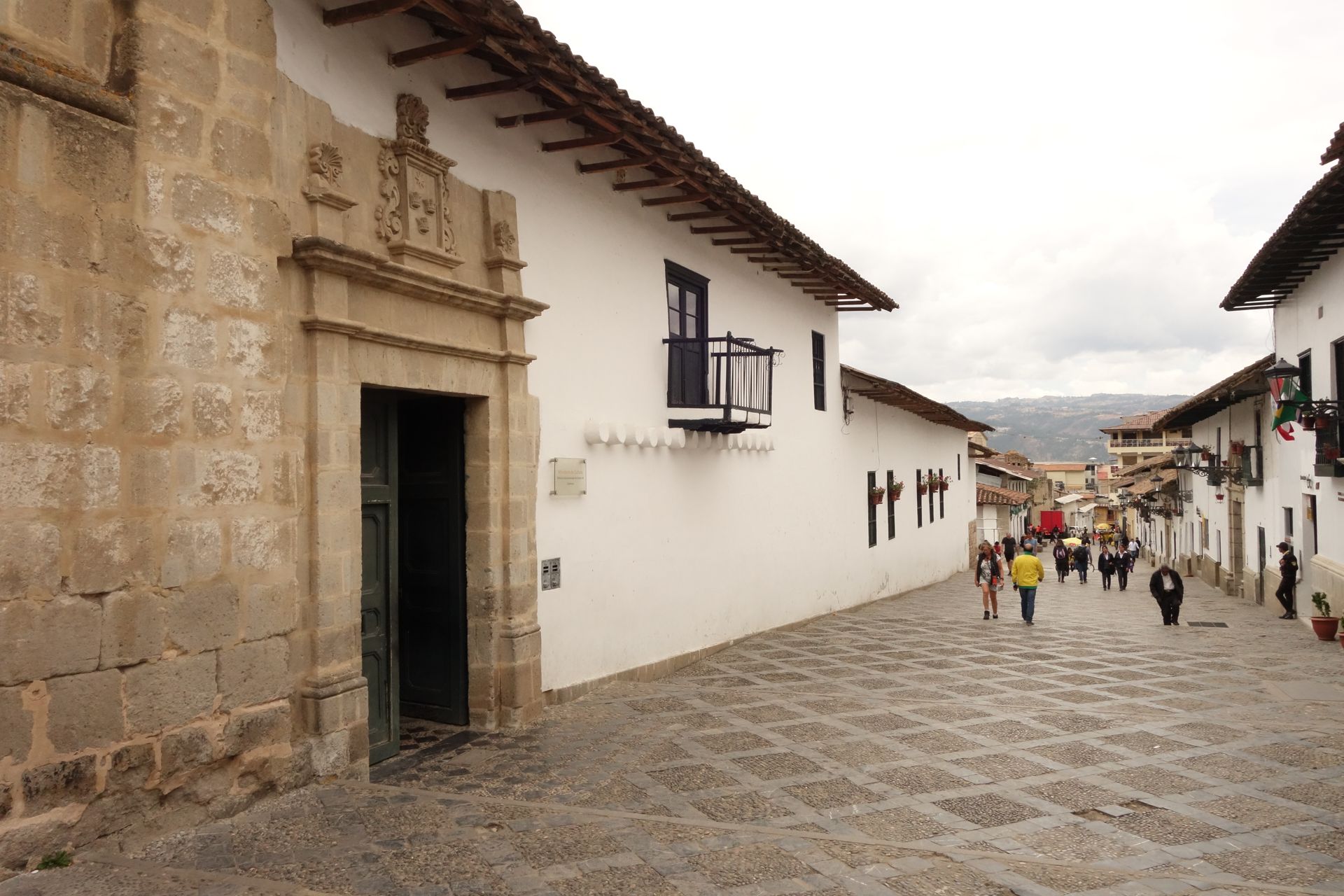

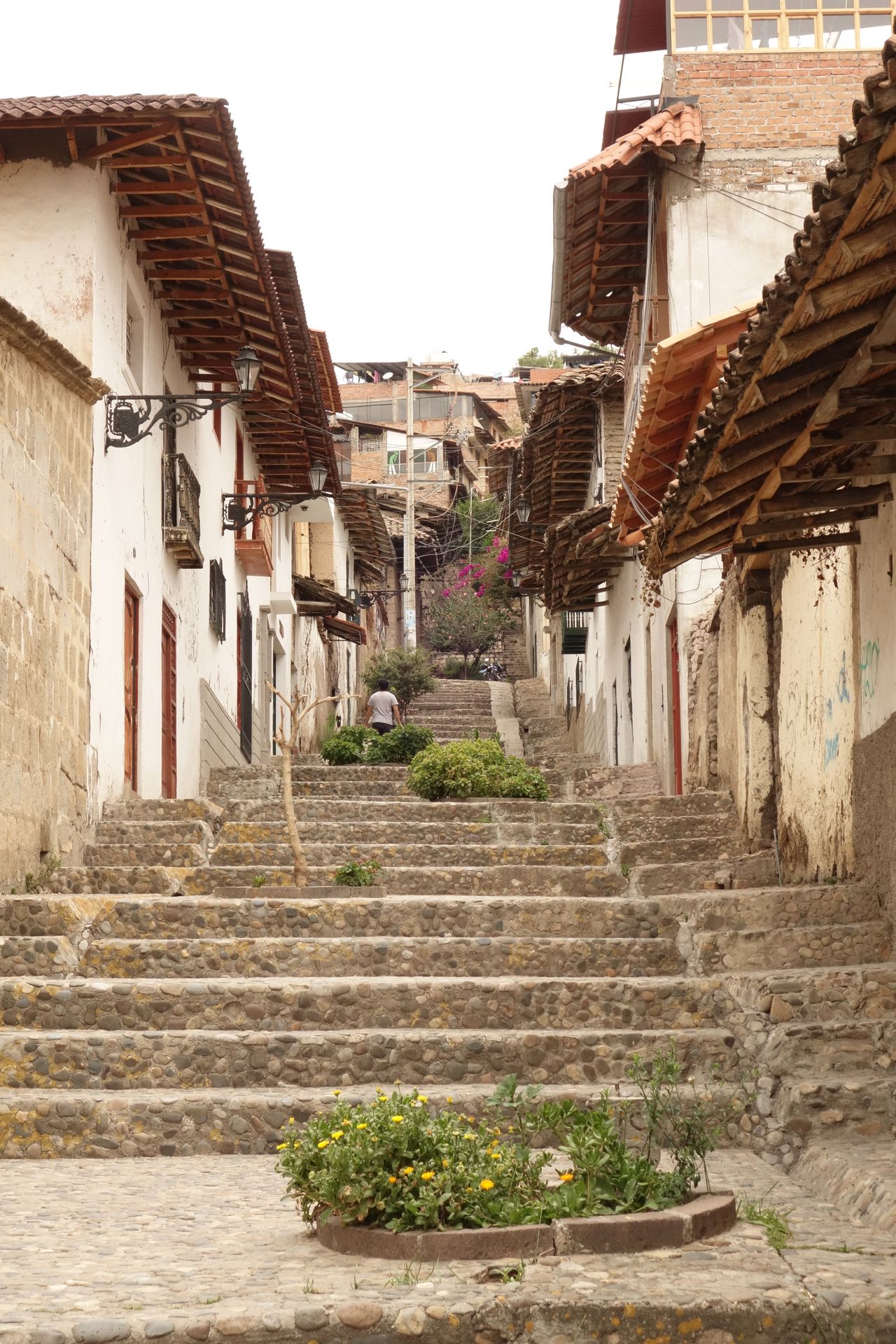

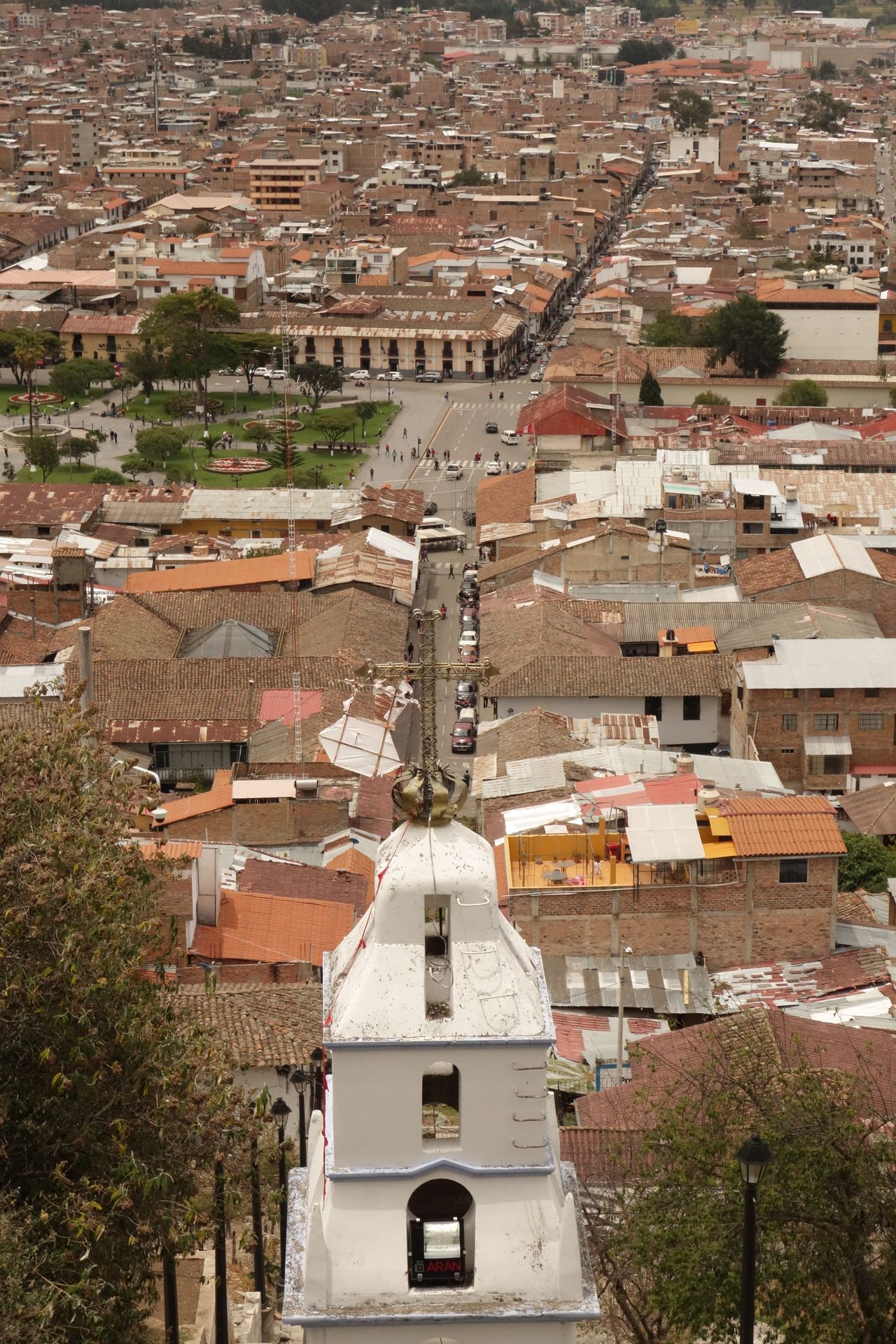

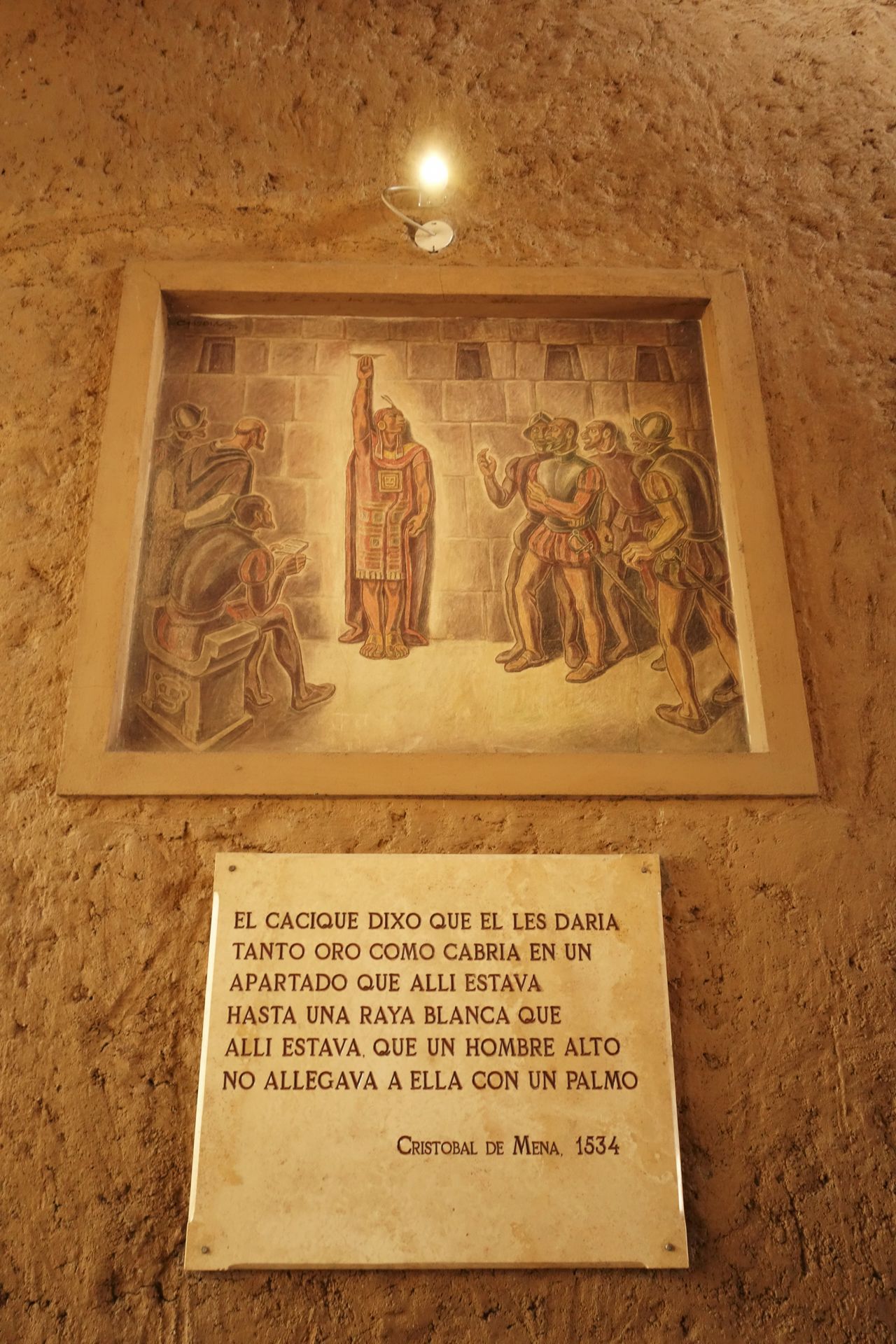
There are also some places to explore around. The rocks created by the melting glaciers Cumbemayo, the Baños del Inca, hot waterfalls, windows carved in stone and much more. However, I didn't manage to see all of it. After the slowest tour in the world, I didn't feel like going on any more trips. A minibus full of Peruvians and me. As soon as we arrived in Cumbemayo, it started. First, everyone went to the toilet, then everyone had to pay for their ticket, and half an hour later we were actually in the site. After a two-minute walk and a five-minute explanation, the first photo session started. Everyone, I mean absolutely everyone, had to take THEIR selfie with the stone. And it wasn't even worth seeing! But that was just the prologue! It intensified for the next 2 hours. There was actually something to photograph. Every few minutes, a stop. The guide could tell as much as he wanted, it was never long enough to bring the selfie zombies back together. I usually lay down in the grass, closed my eyes, and felt desperate inside. Every stone, every blade of grass, and every cow dung had to be honored with numerous selfies. And even the poor children who were placed at intervals on the path were given a few coins and selfies when they boredly sang their little song for the hundredth time. The guide said that when he is with foreigners, he walks about three times as much. So, we only saw a small part. There are just things that even after 4 months, I can't get used to. And I don't want to either. So pay attention when choosing a tourist group.
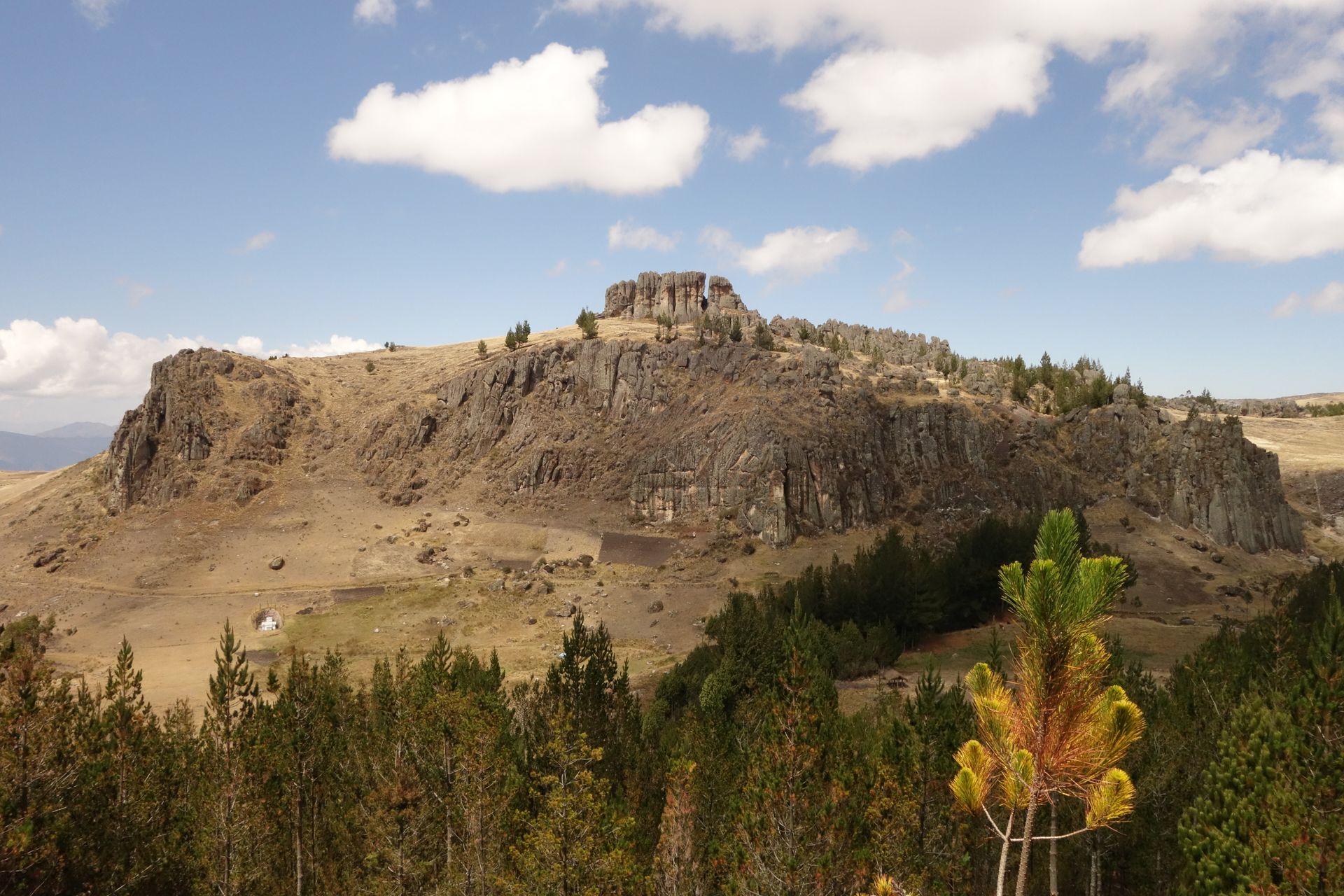
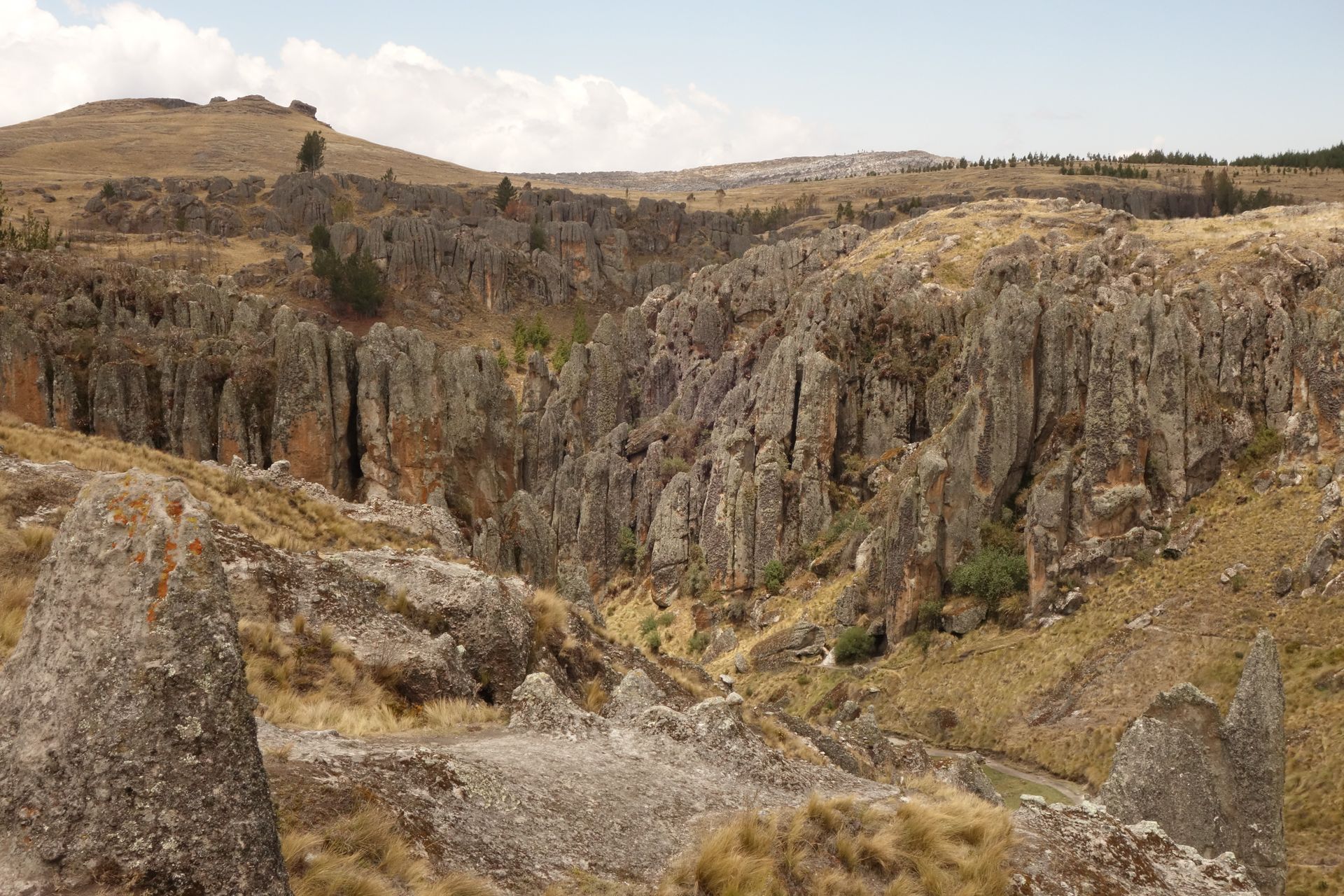

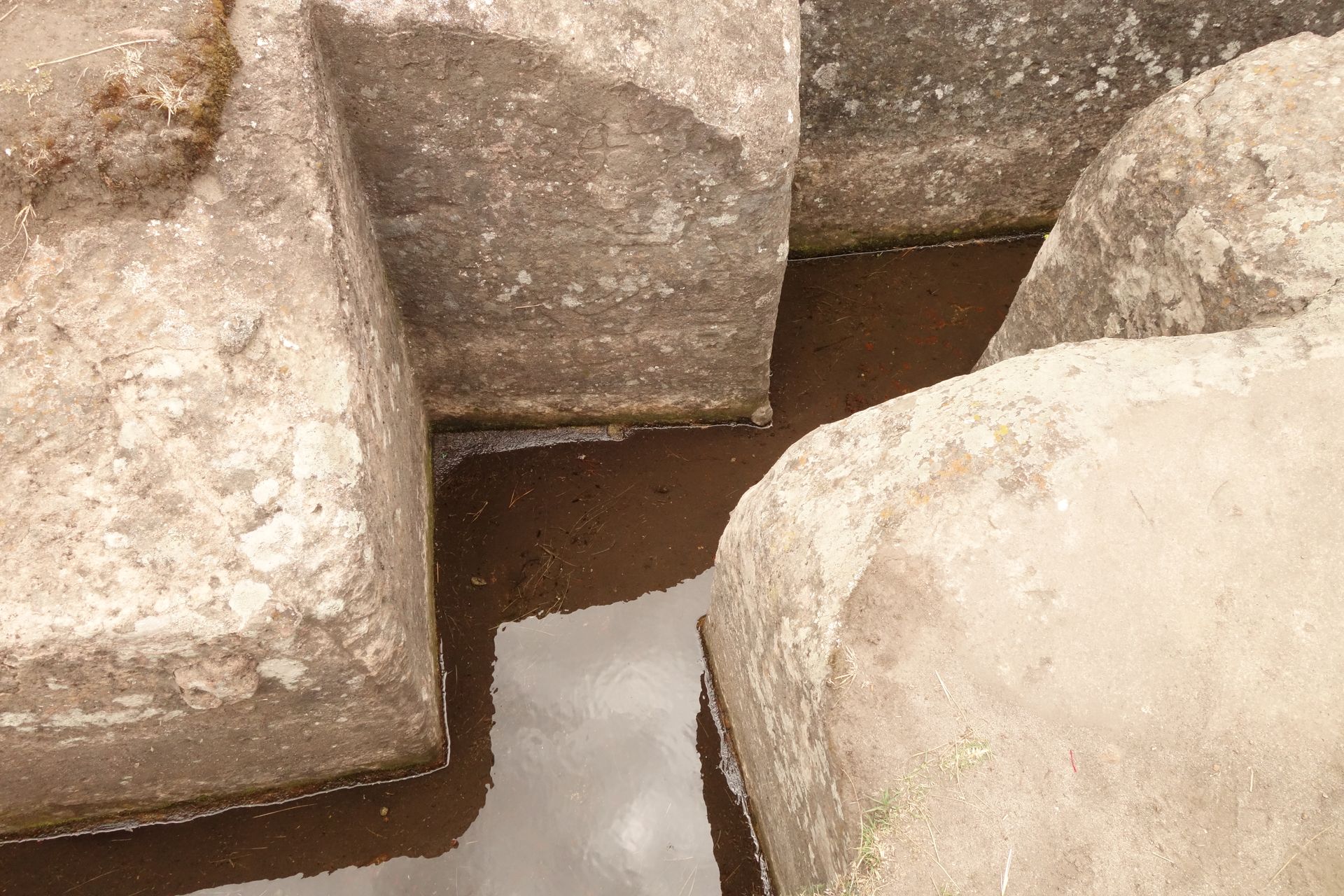
Chachapoyas
Named after the Chachapoya people - which means 'People of the Clouds'. And it becomes clear very quickly why. The evergreen, humid cloud forests of the mountains are unmistakable and have a magical charm. This is also one of the reasons why the Incas did not advance here and defeat the Chachapoya.The journey from Cajamarca to Chachapoyas was announced as one of the most spectacular in Peru. At the beginning of the journey, sick bags were distributed in style. Due to road closures, inaccessible hiking trails, and maintenance work on the cable car, the journey to Kuelap was a bit difficult, so I made the visit the next day with a tour. But there was still enough time on this day for the Gocta waterfall. A short bus ride and another mototaxi took me to the starting point. The waterfall is relatively unknown, although it is promoted as the third largest in the world. With a height of over 770m, it is quite impressive. However, it is also a numbers game, as it is divided into 4 cascades. The largest one is still over 400 impressive meters. Long story short, I could only see about 20m of it. Just before I arrived, it started raining and the cloud forests lived up to their name. It could have been any random waterfall. So, I walked for 3 hours through the rain in the forests, up and down, until I returned. At the end, it cleared up briefly, and I got a distant view.

At the very top left, you can still see the Gocta waterfall in the distance. That would be the last sighting for a long time.


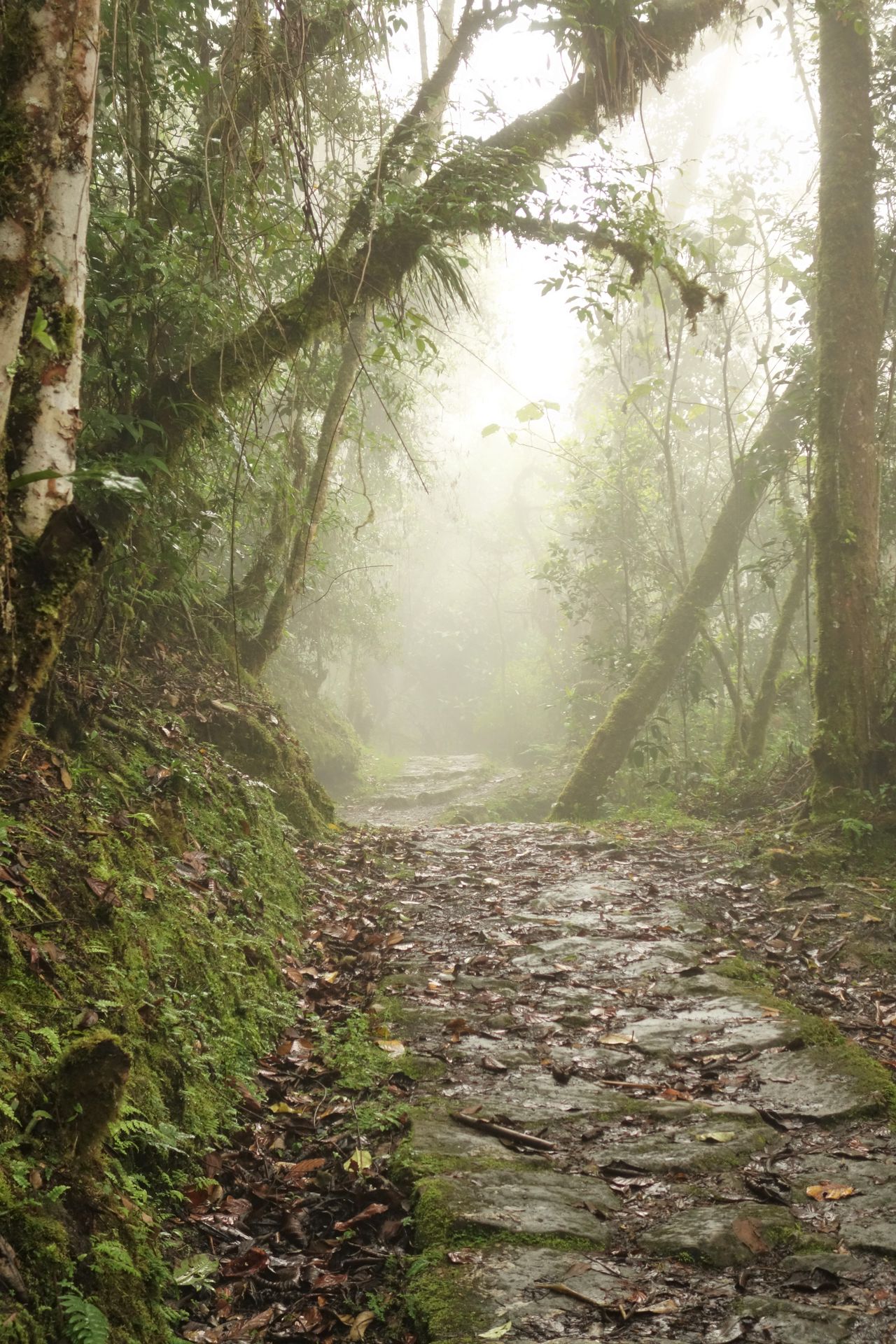
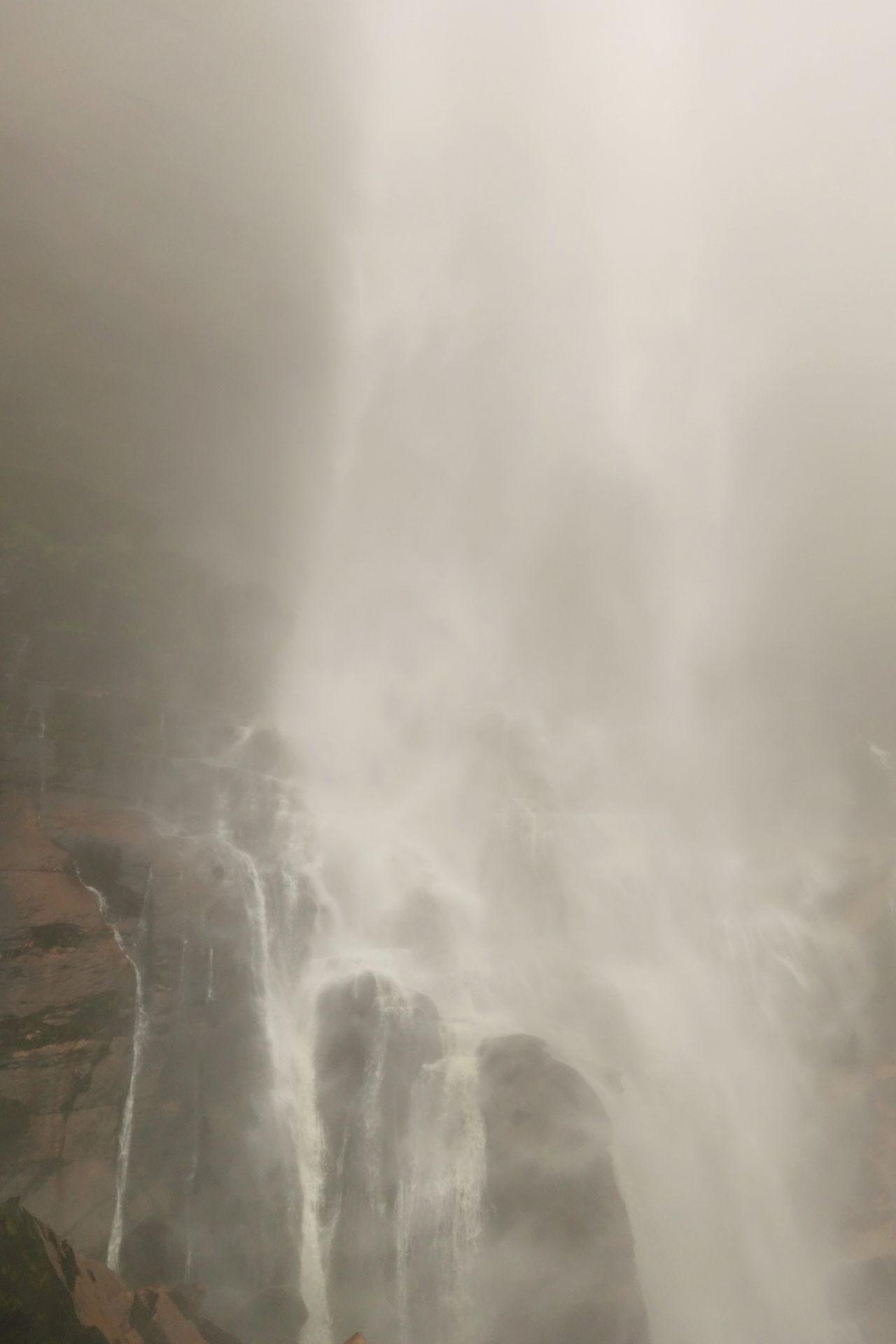
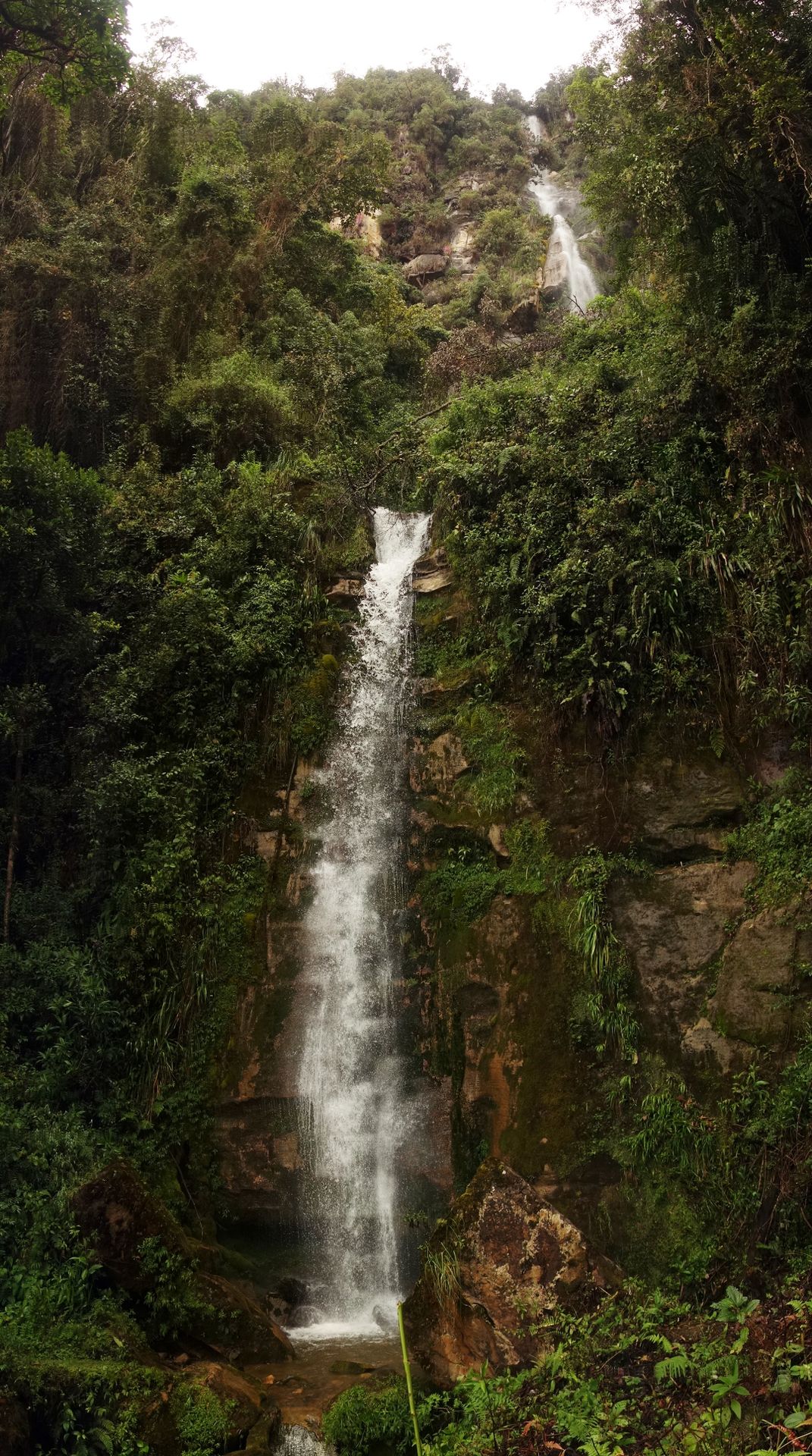

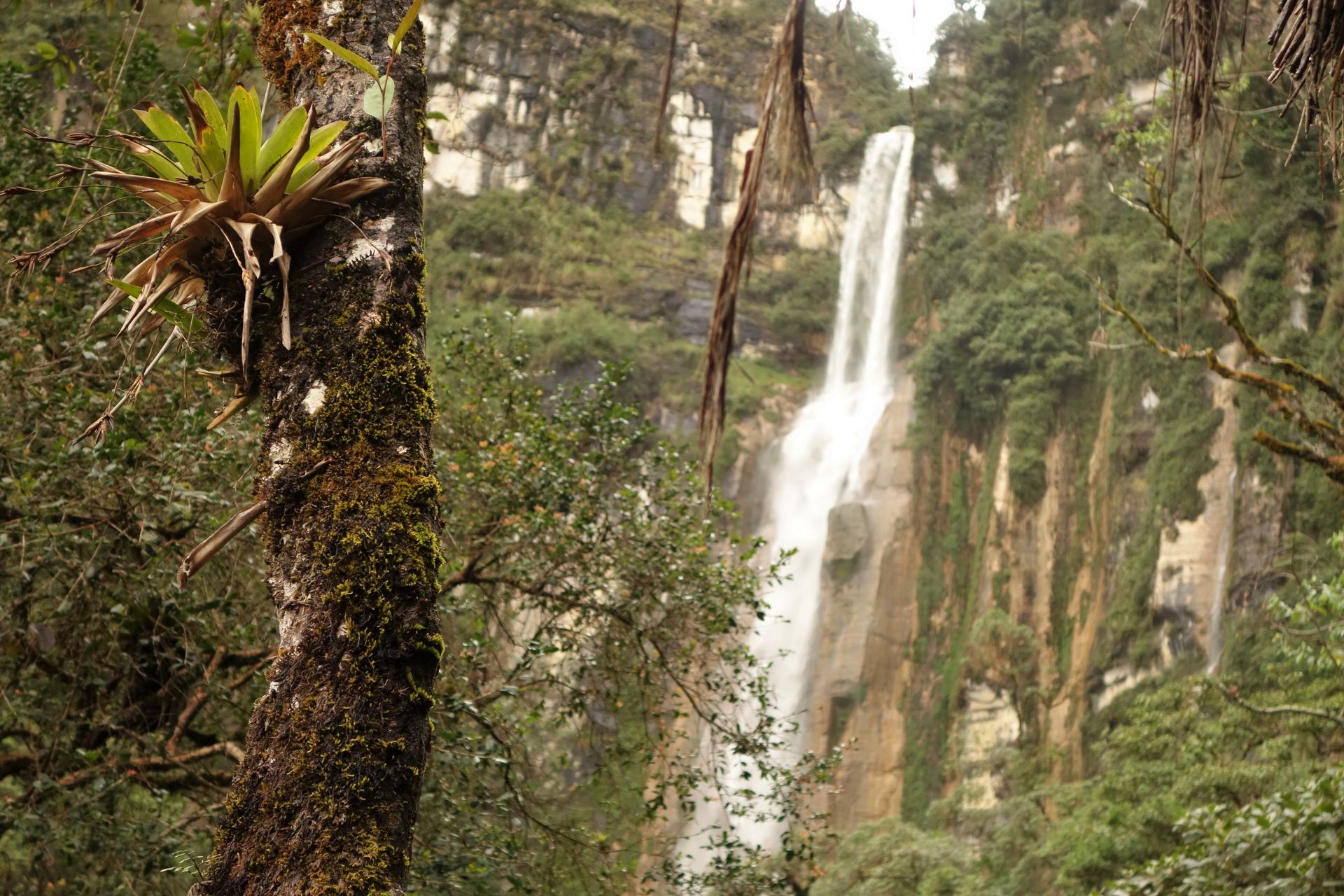
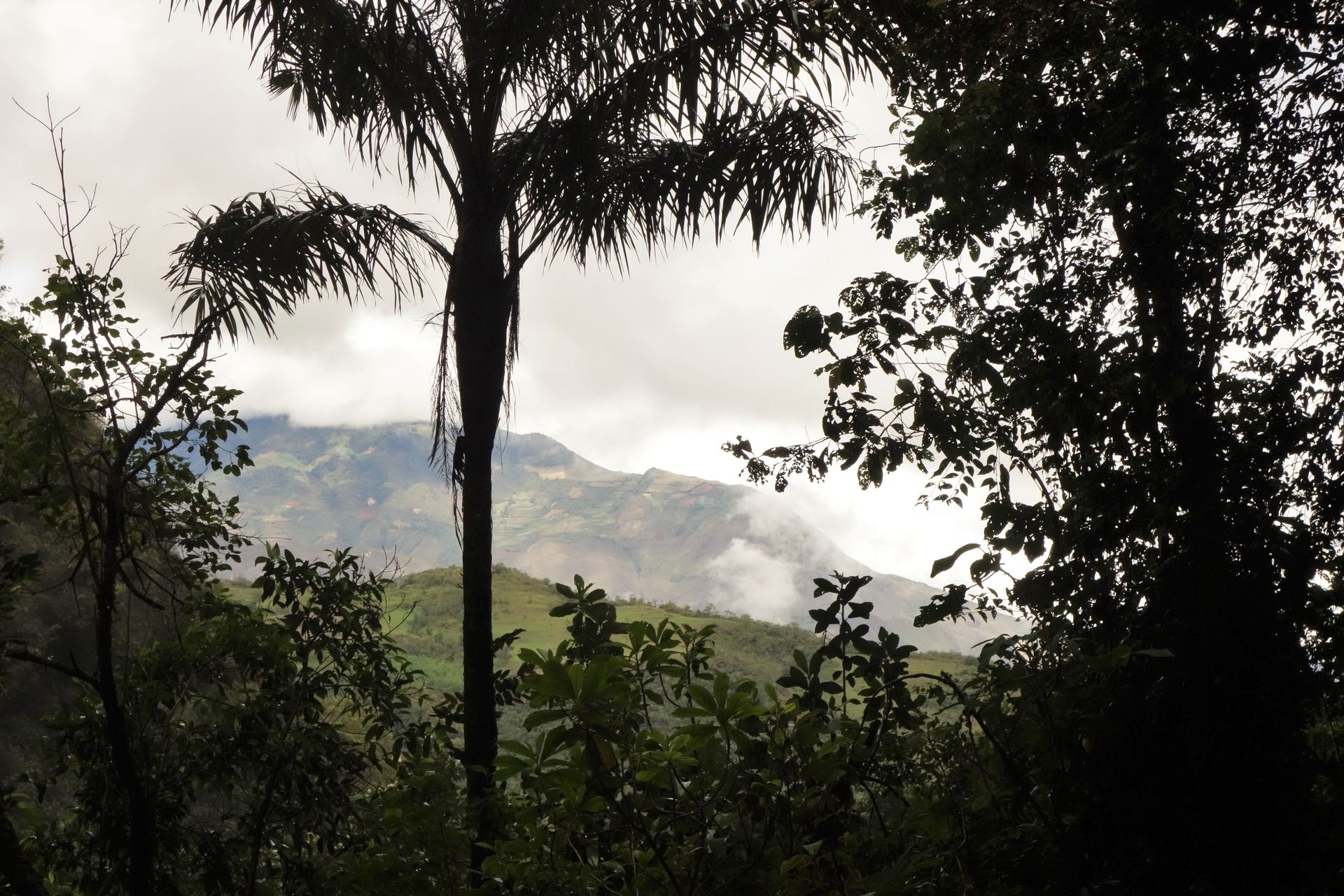



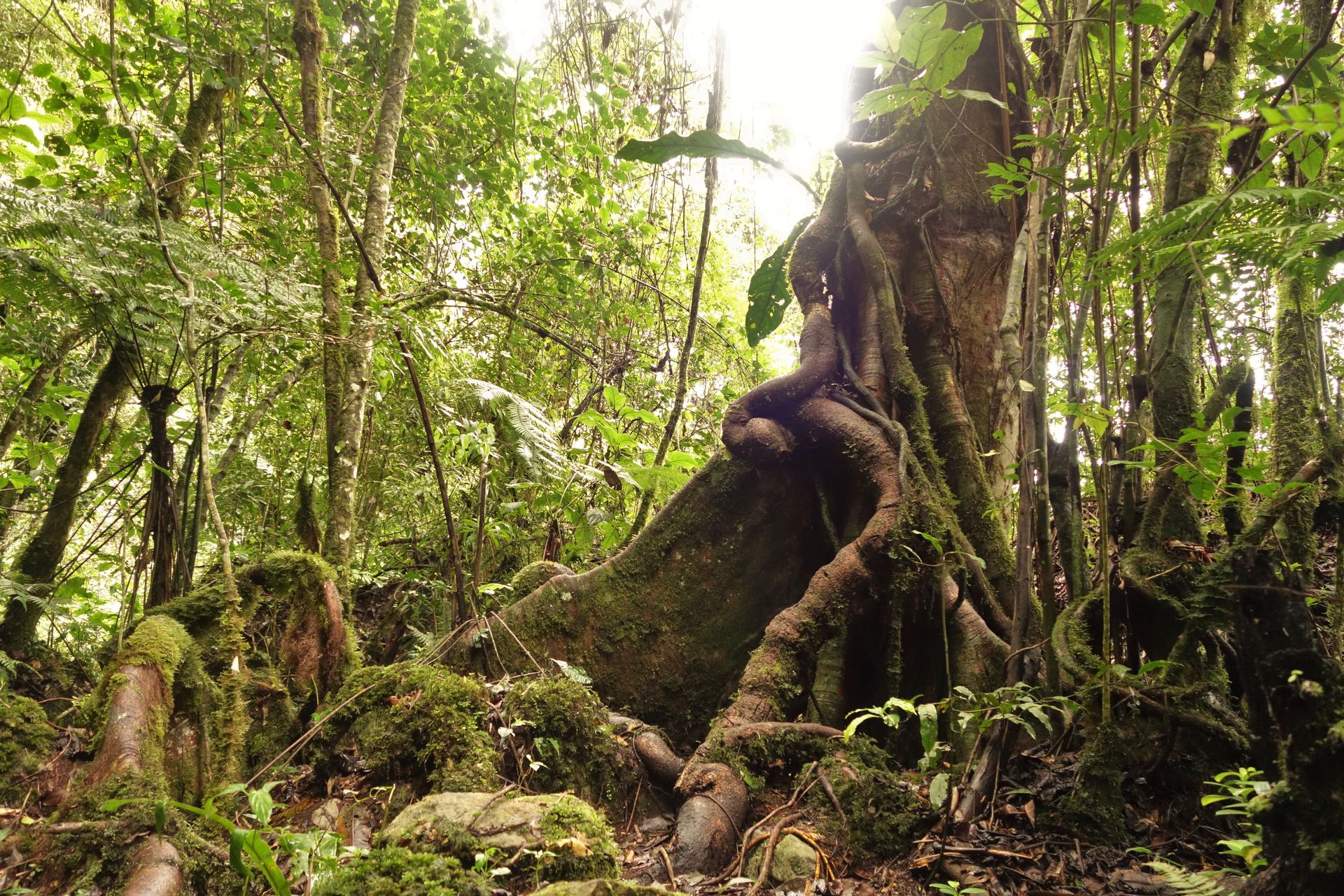


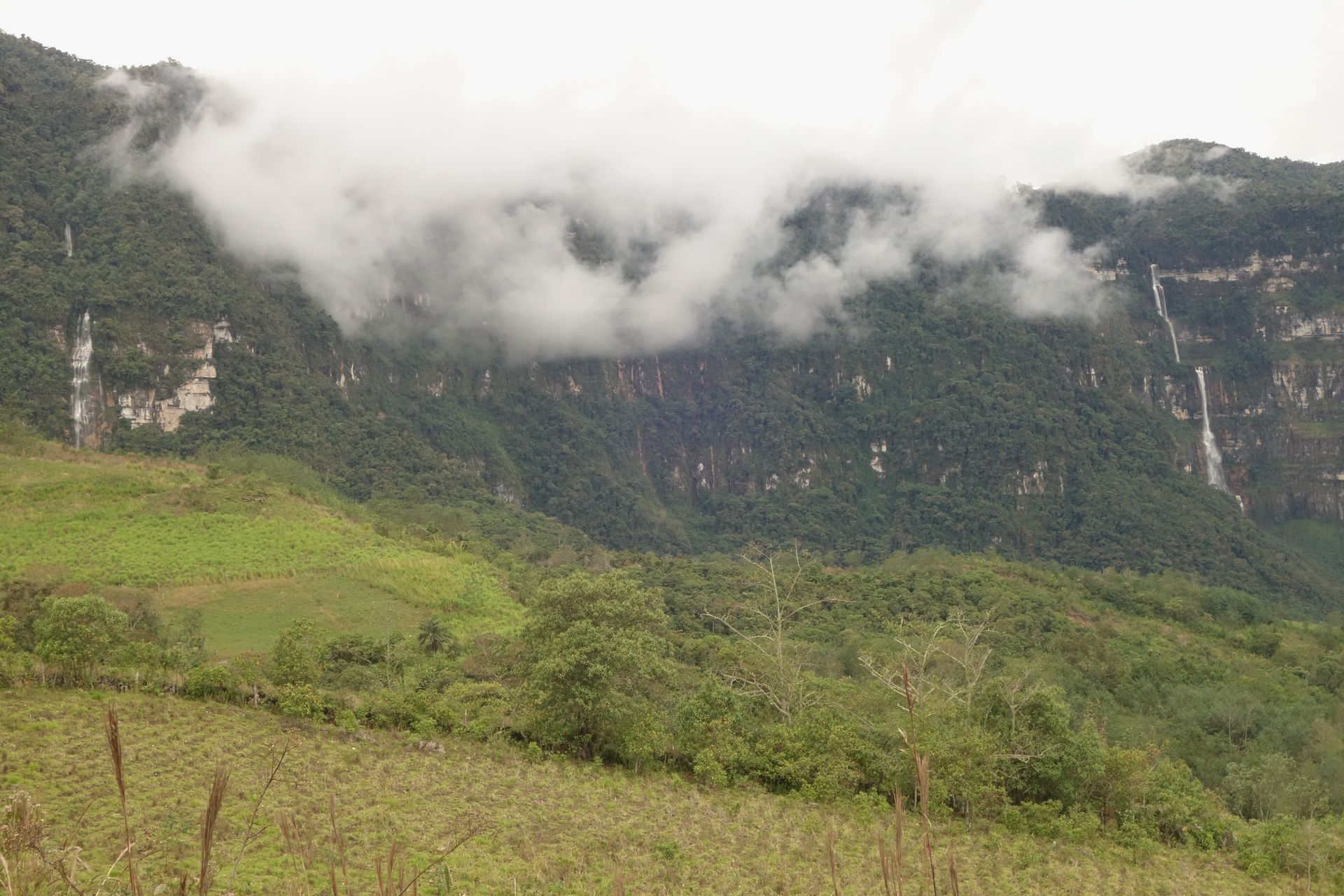
Back in Cuispes on time, it started raining heavily and didn't stop for the whole afternoon. So, I did everything right. I watched the spectacle from the hotel's garden and in the evening, I drove down to Pedro Ruiz to take the night bus to Tarapoto.
By this time, I had enough of Peru. The differences to Bolivia weren't that big for me, and I had already been in both countries for 4 months. In the past weeks, I have extensively reported on the great things to discover in these countries. However, there are things that I will definitely not miss!
On their own, you can overlook all of these things. But taken together and over time, it's just annoying. I'm curious about the people in Ecuador and Colombia. Ecuador is said to be relatively exemplary in terms of ecology. We will see.
הירשם לעדכונים
תשובה

דוחות נסיעות פרו
